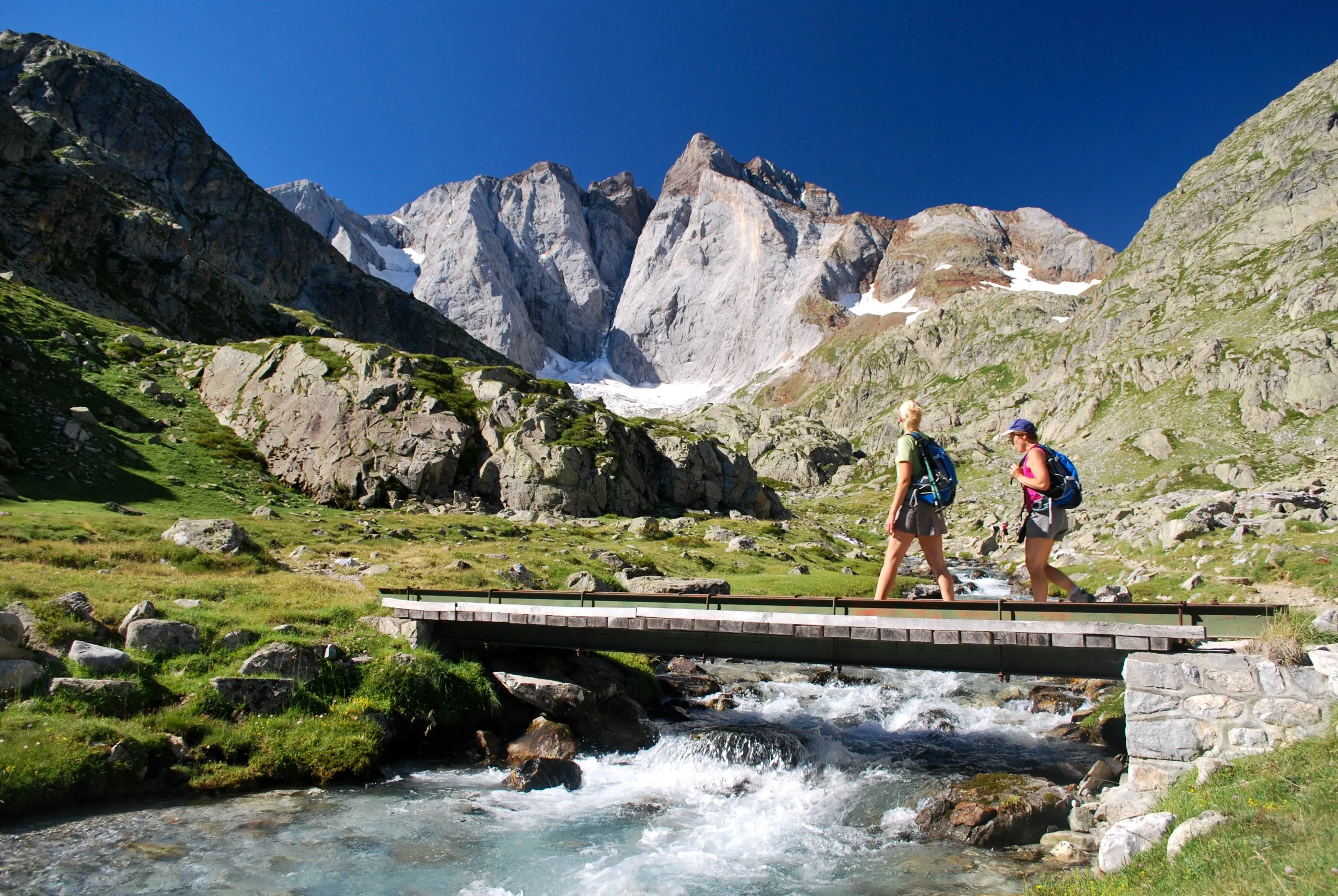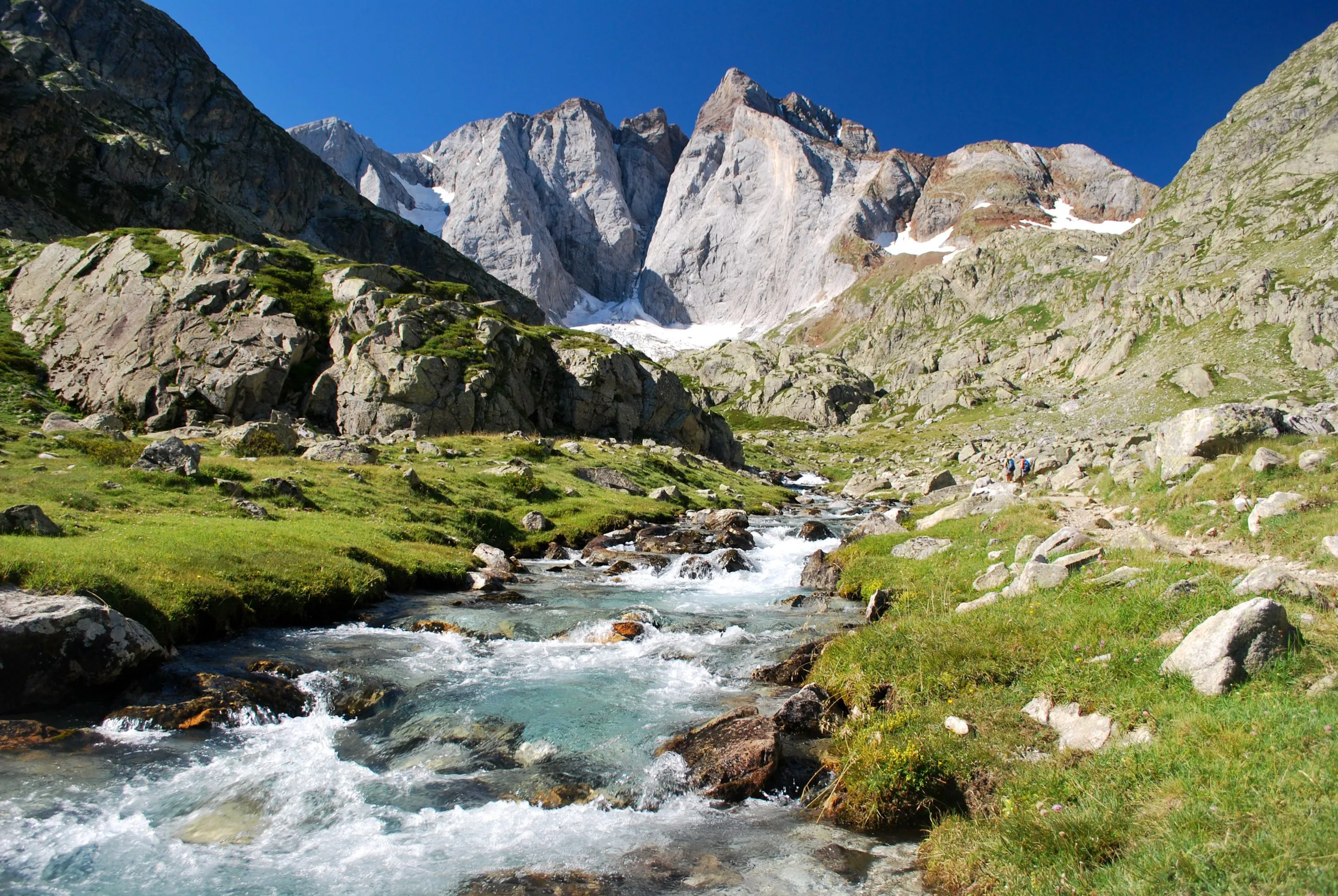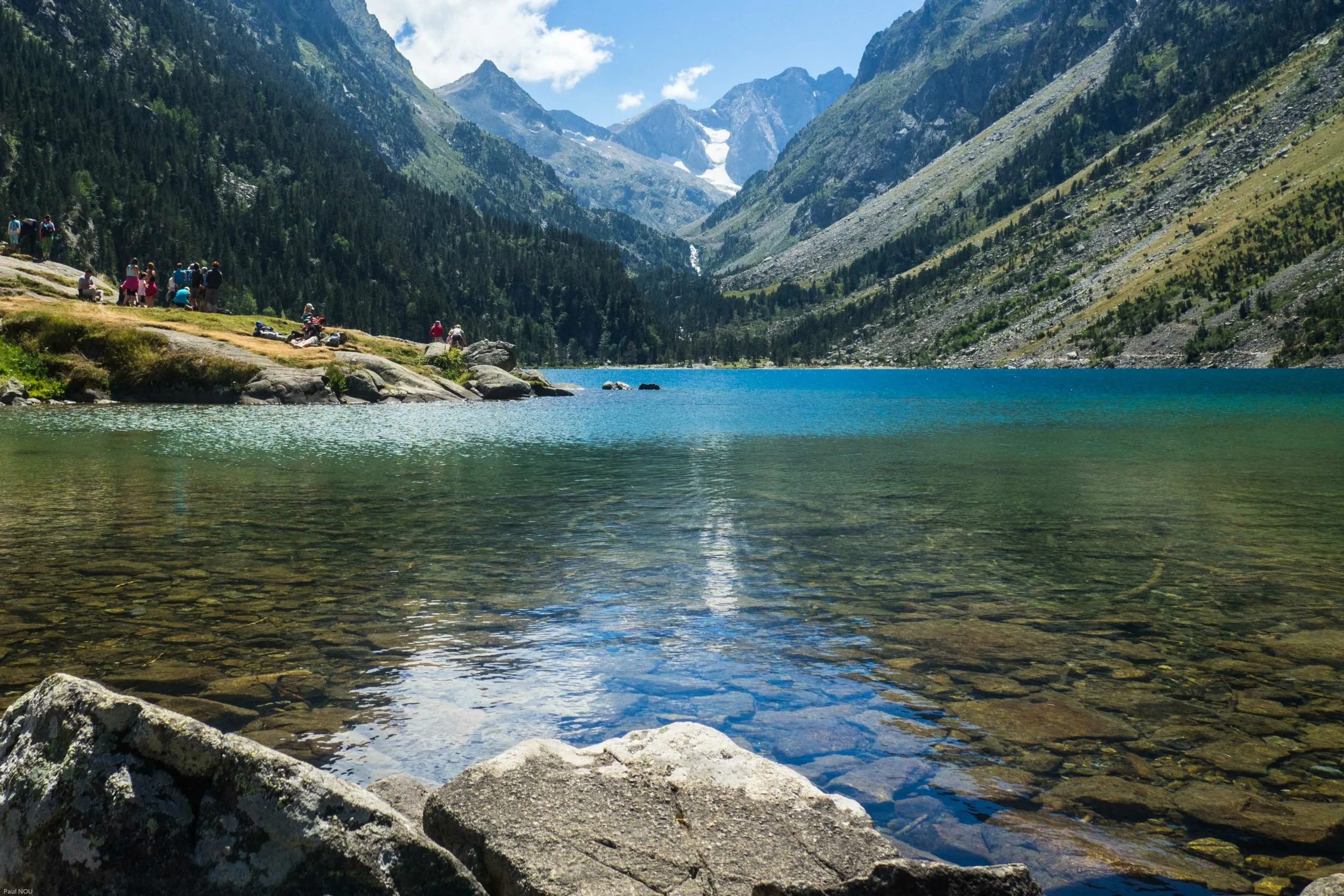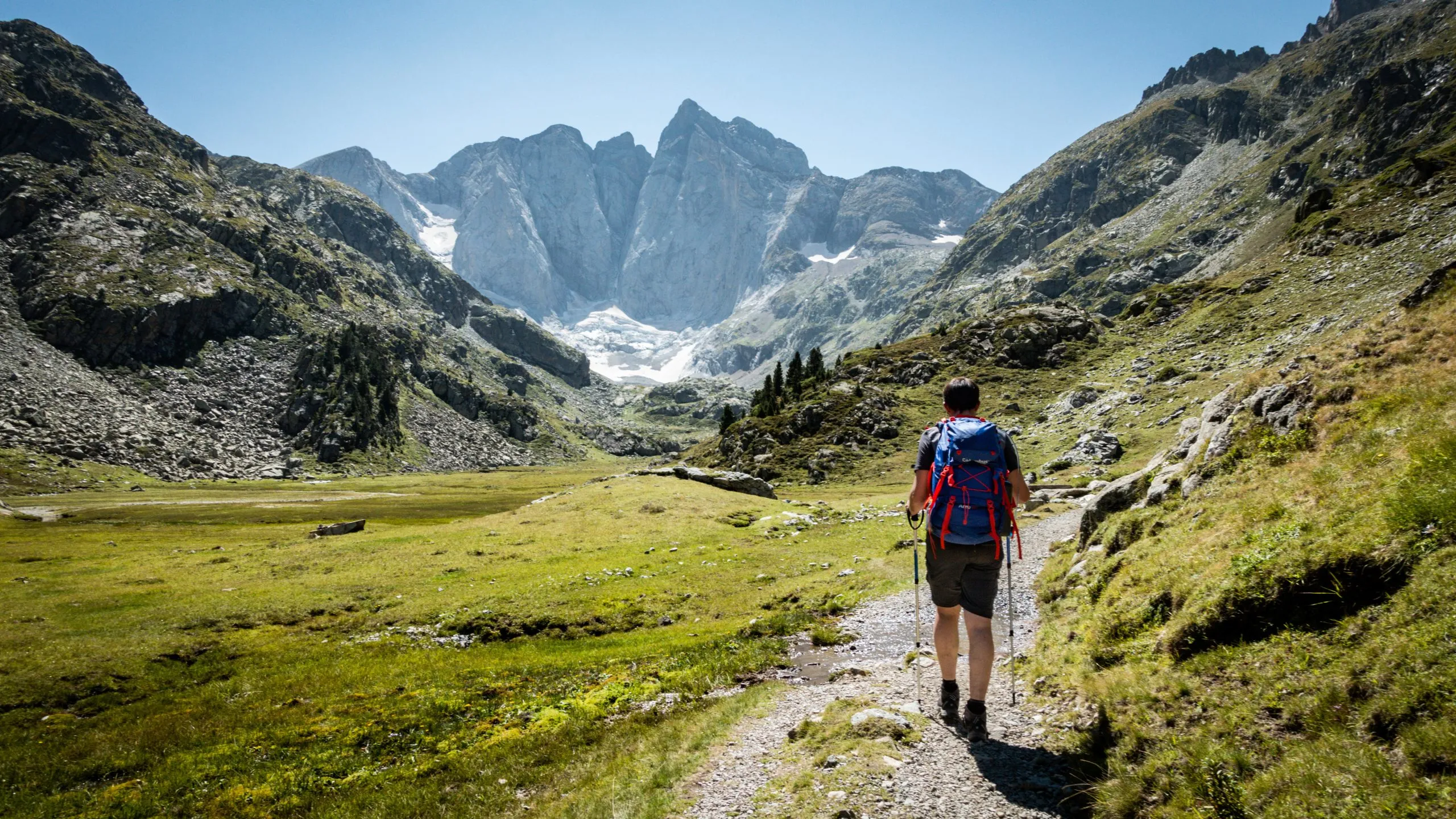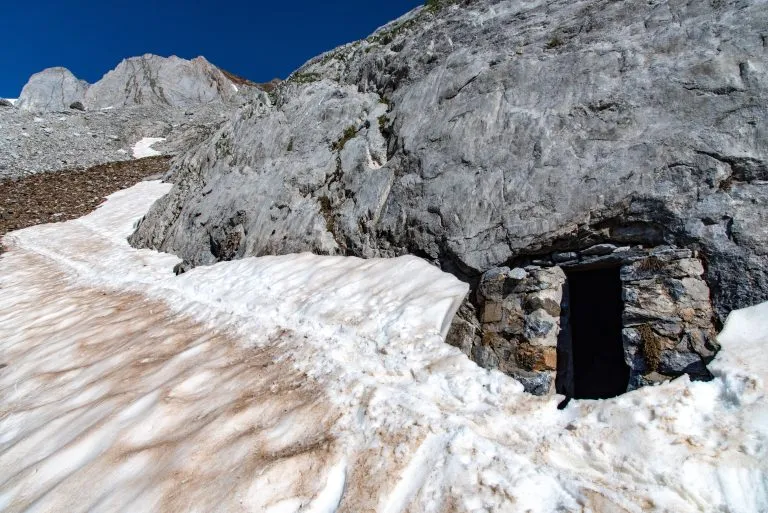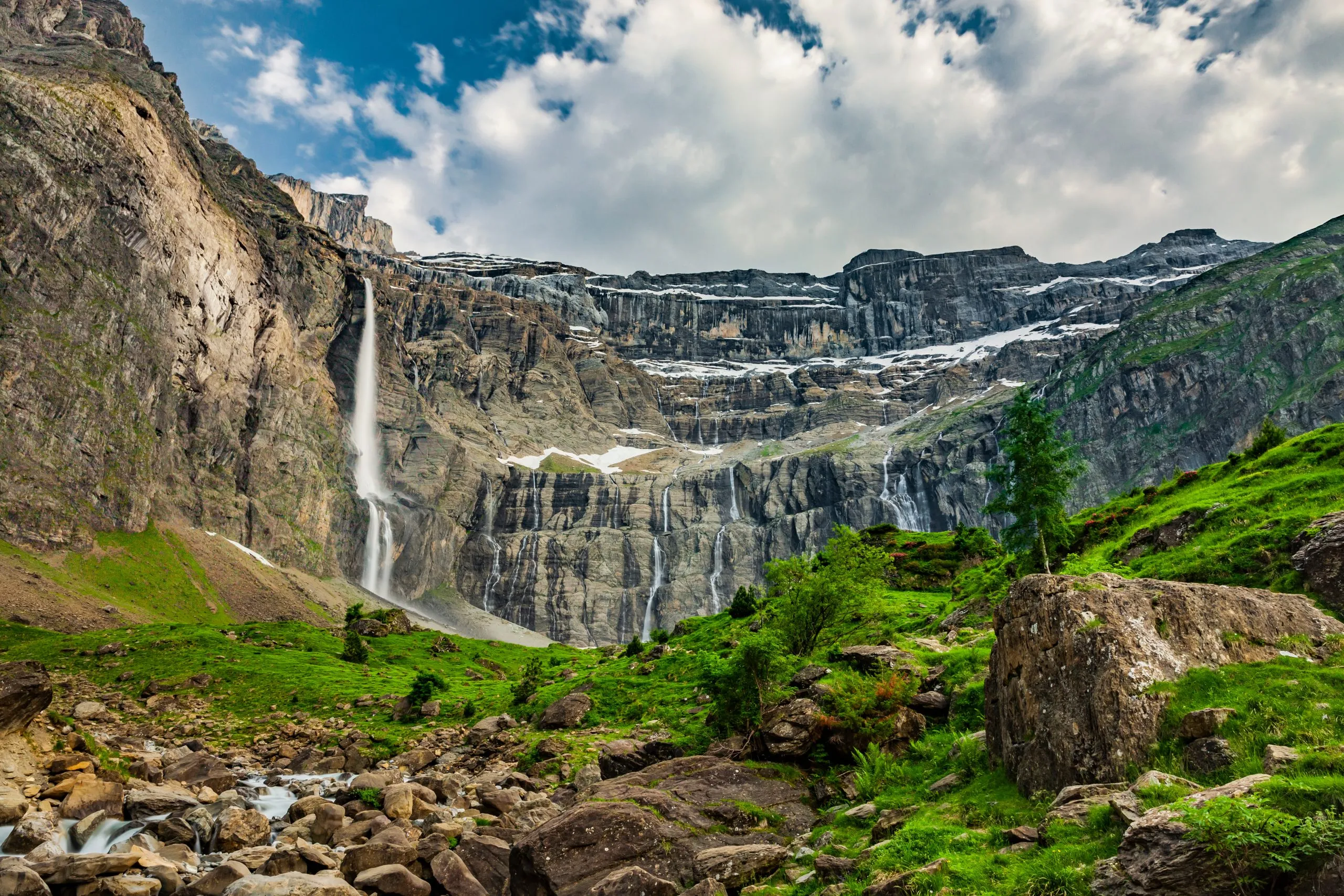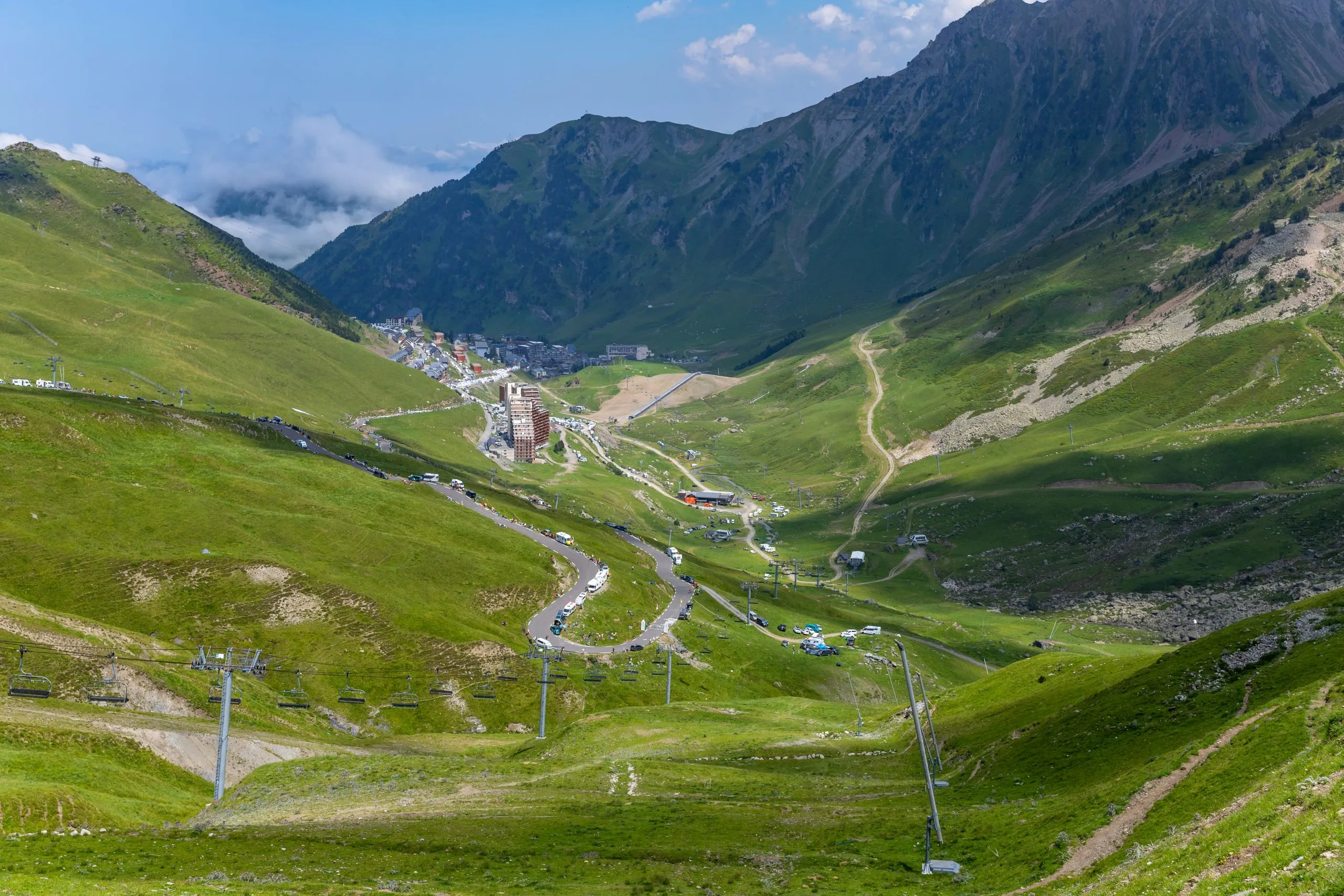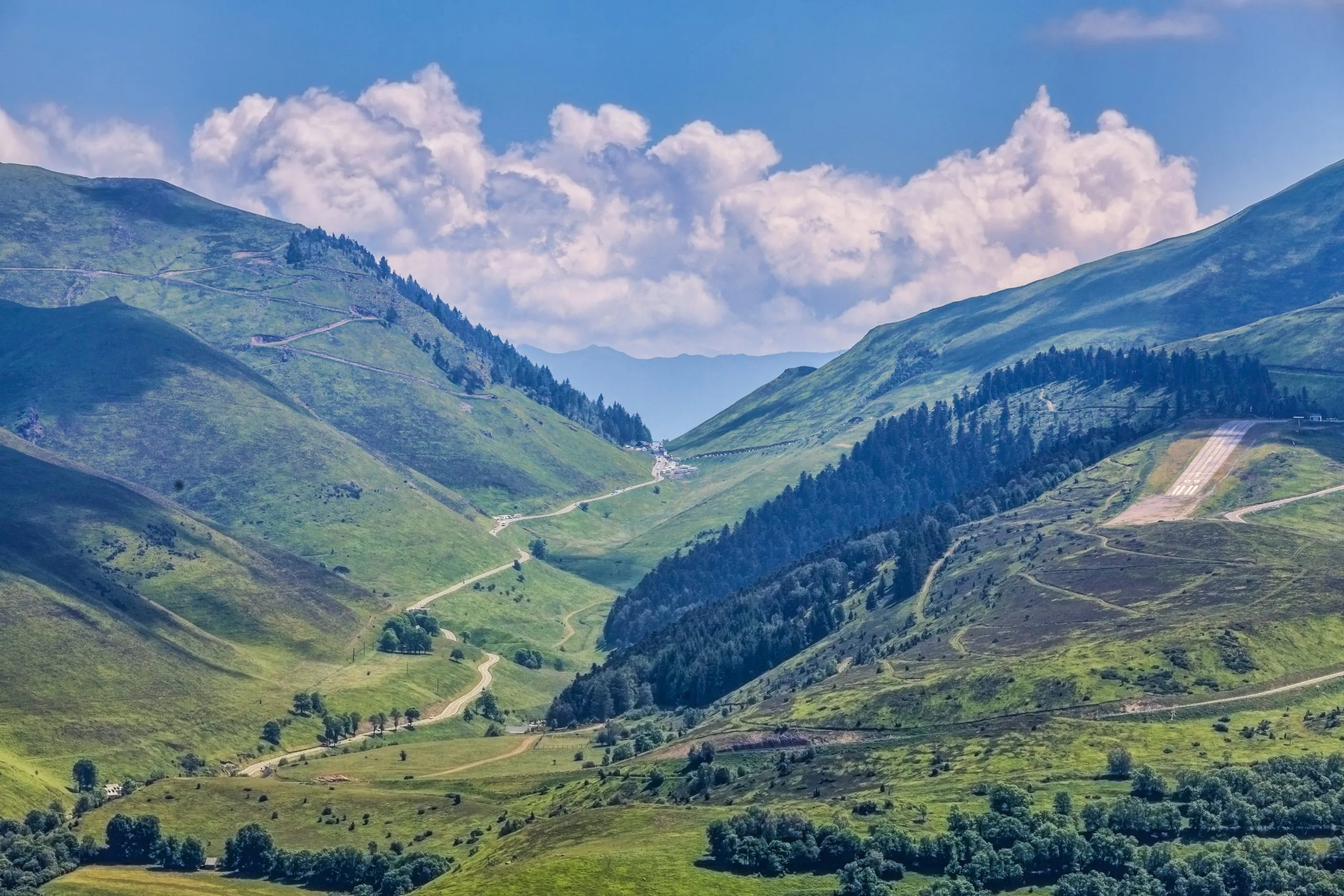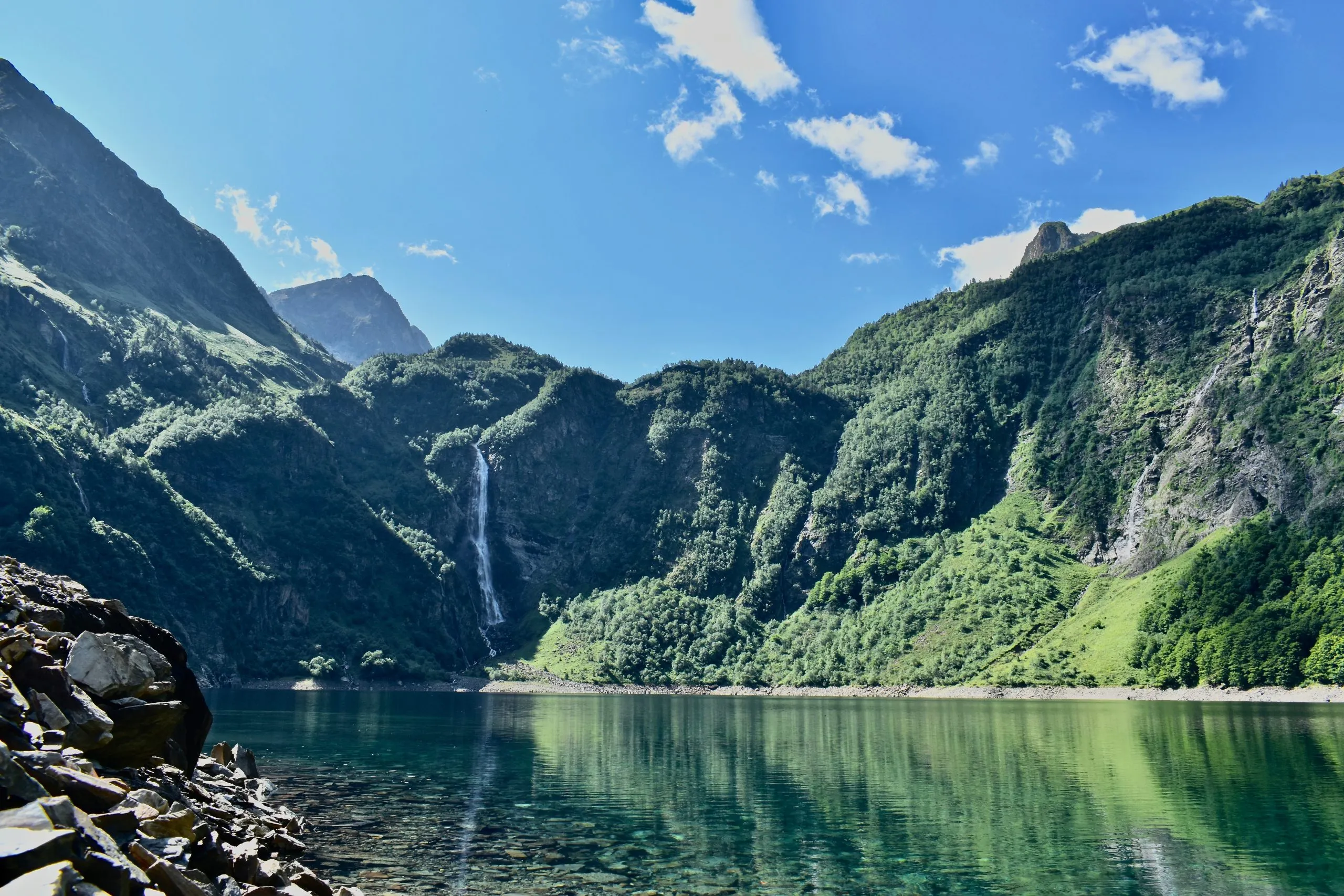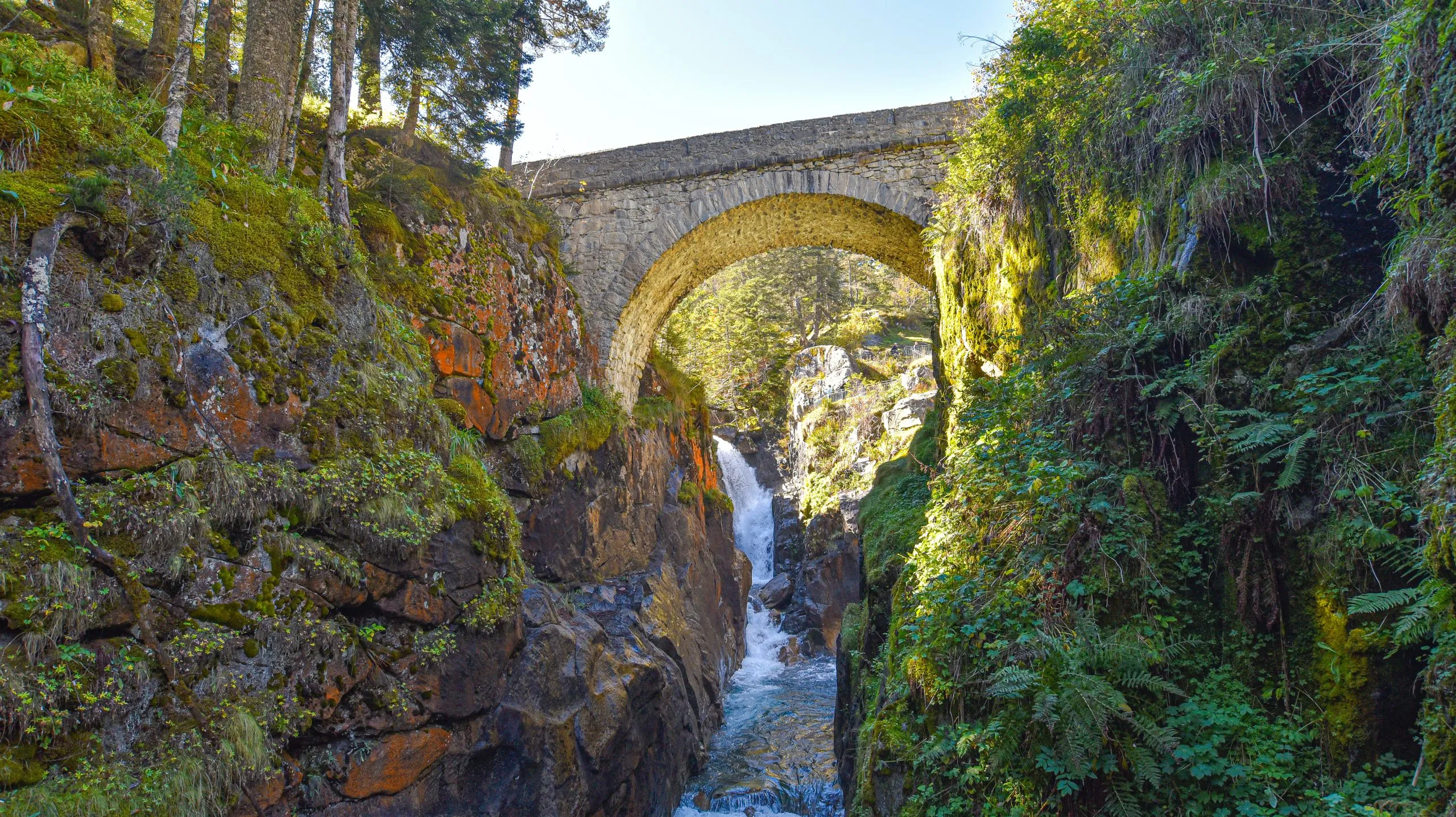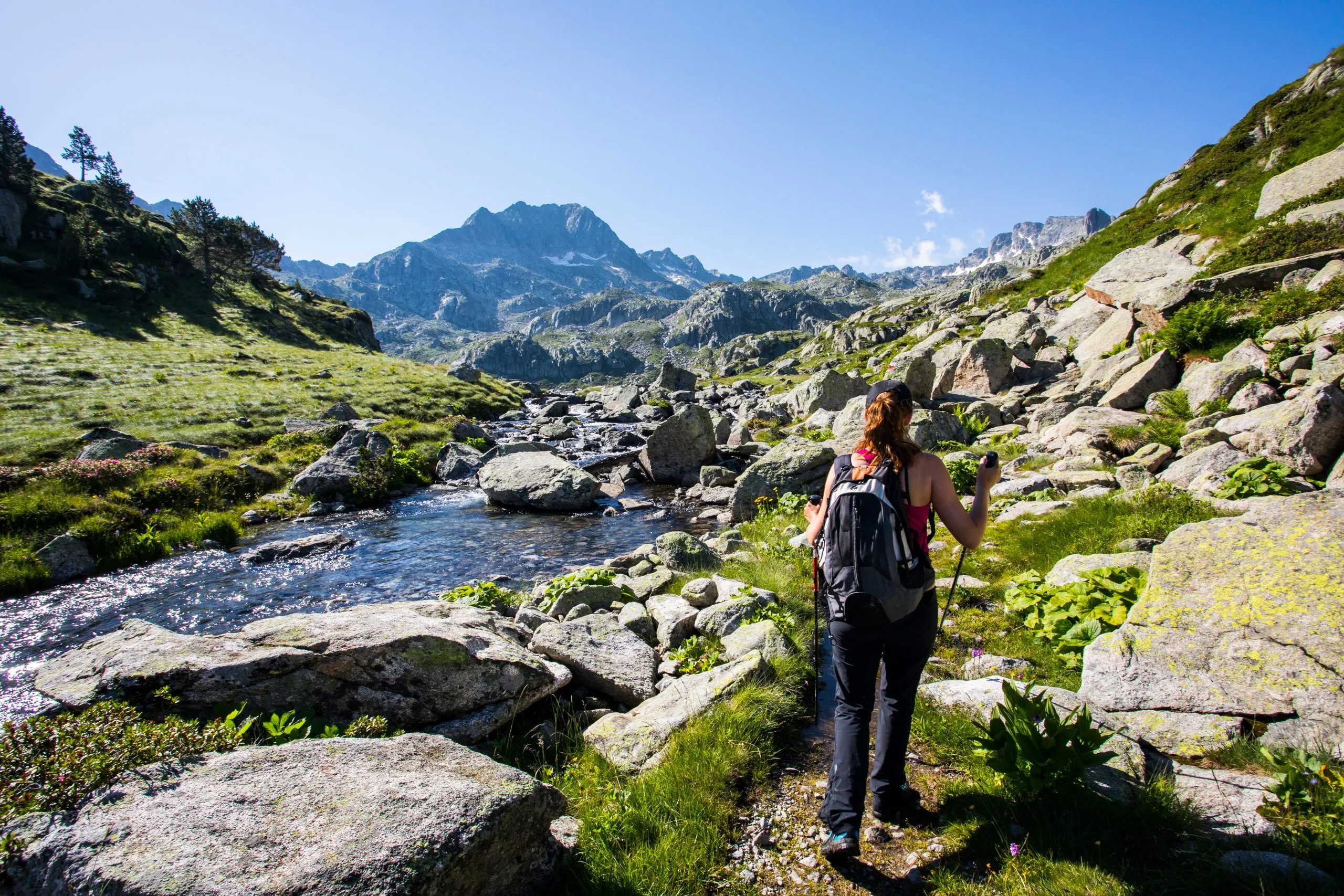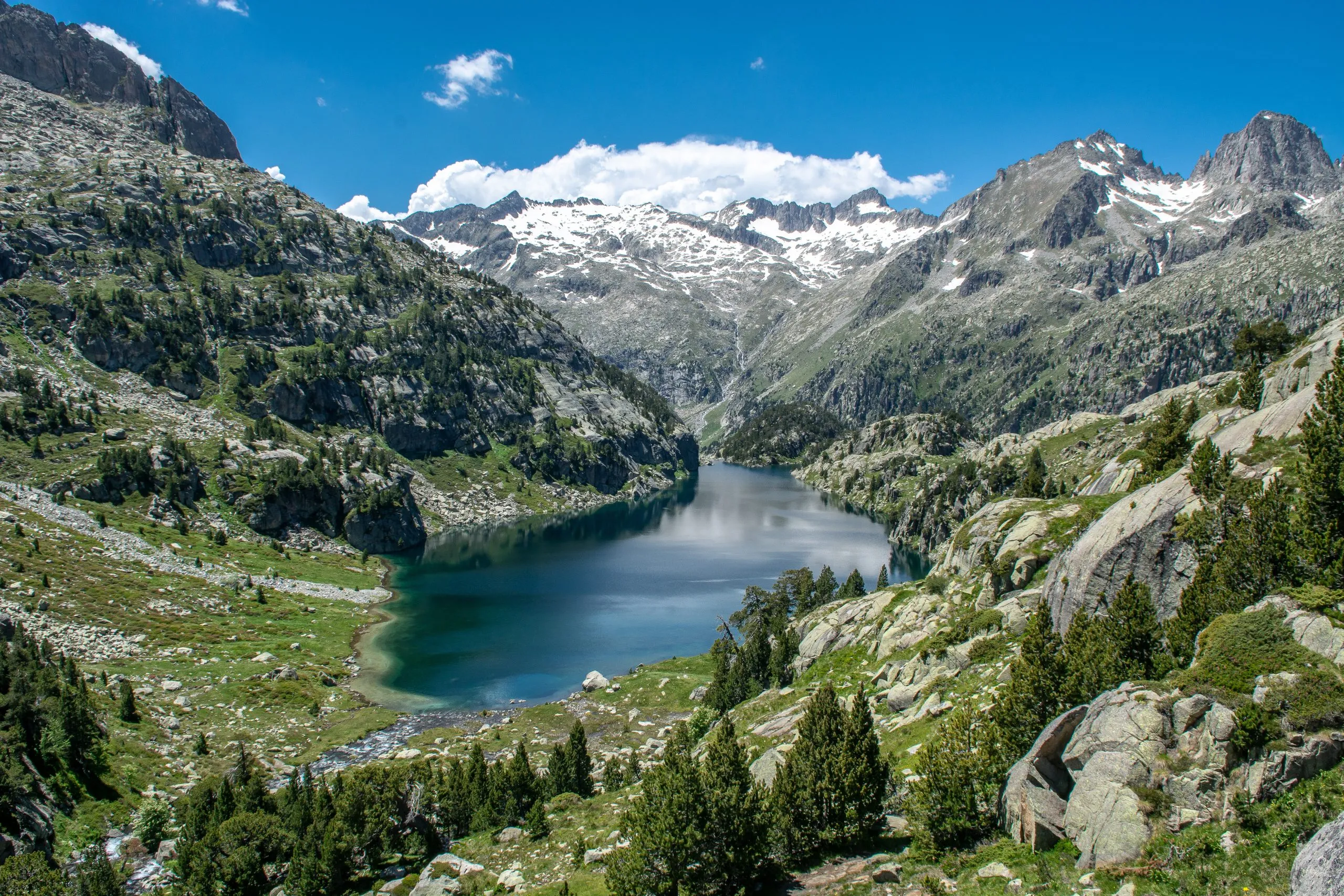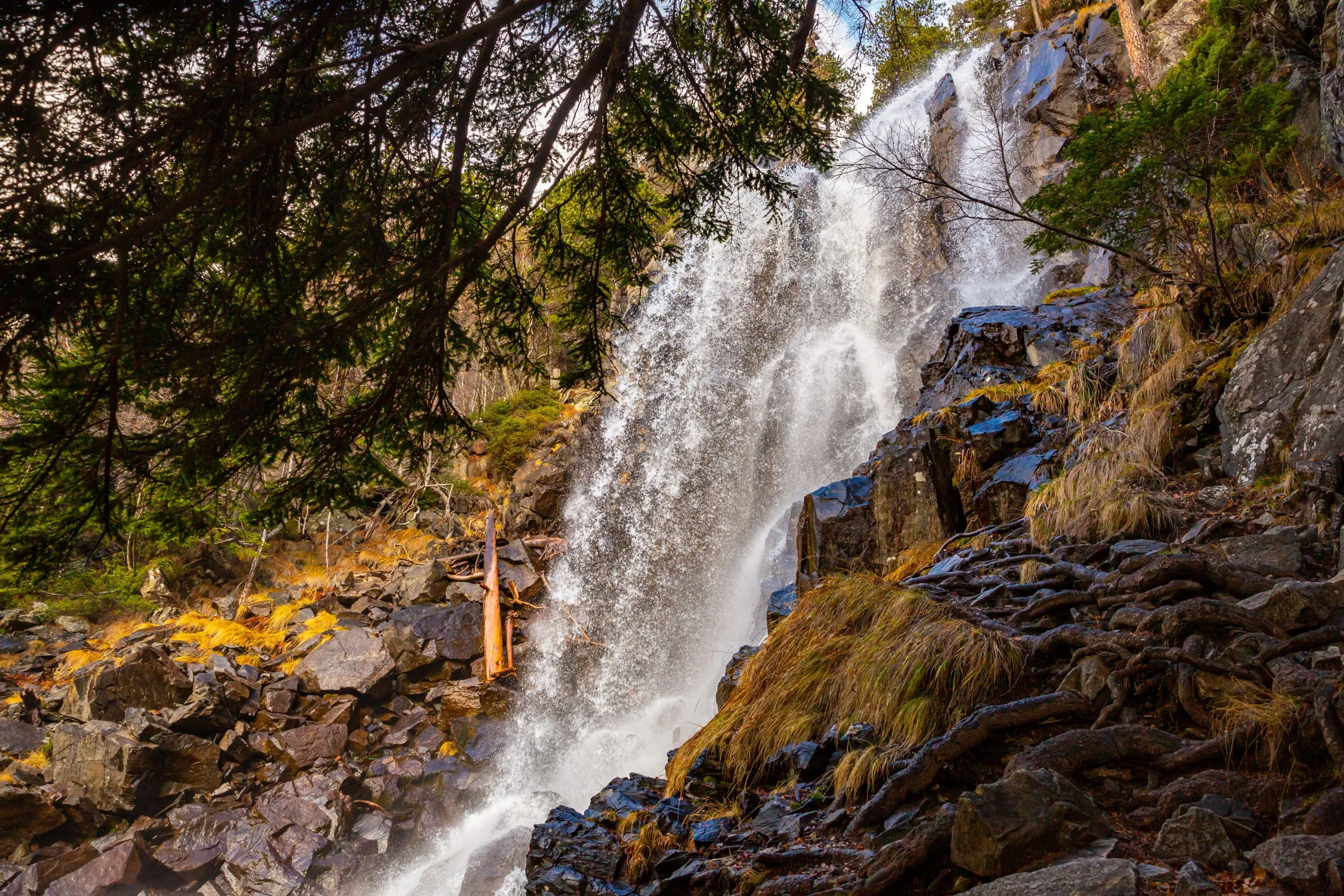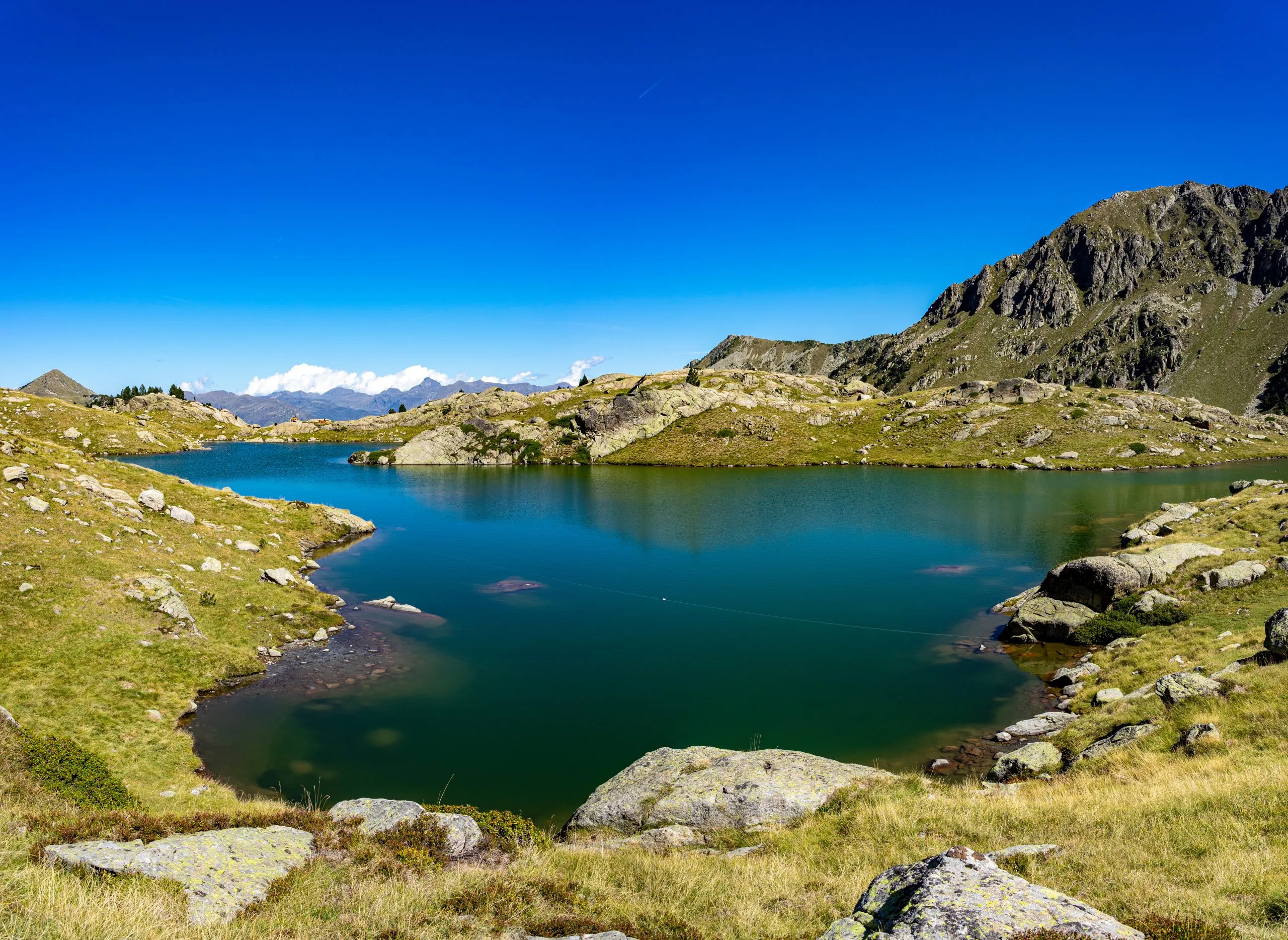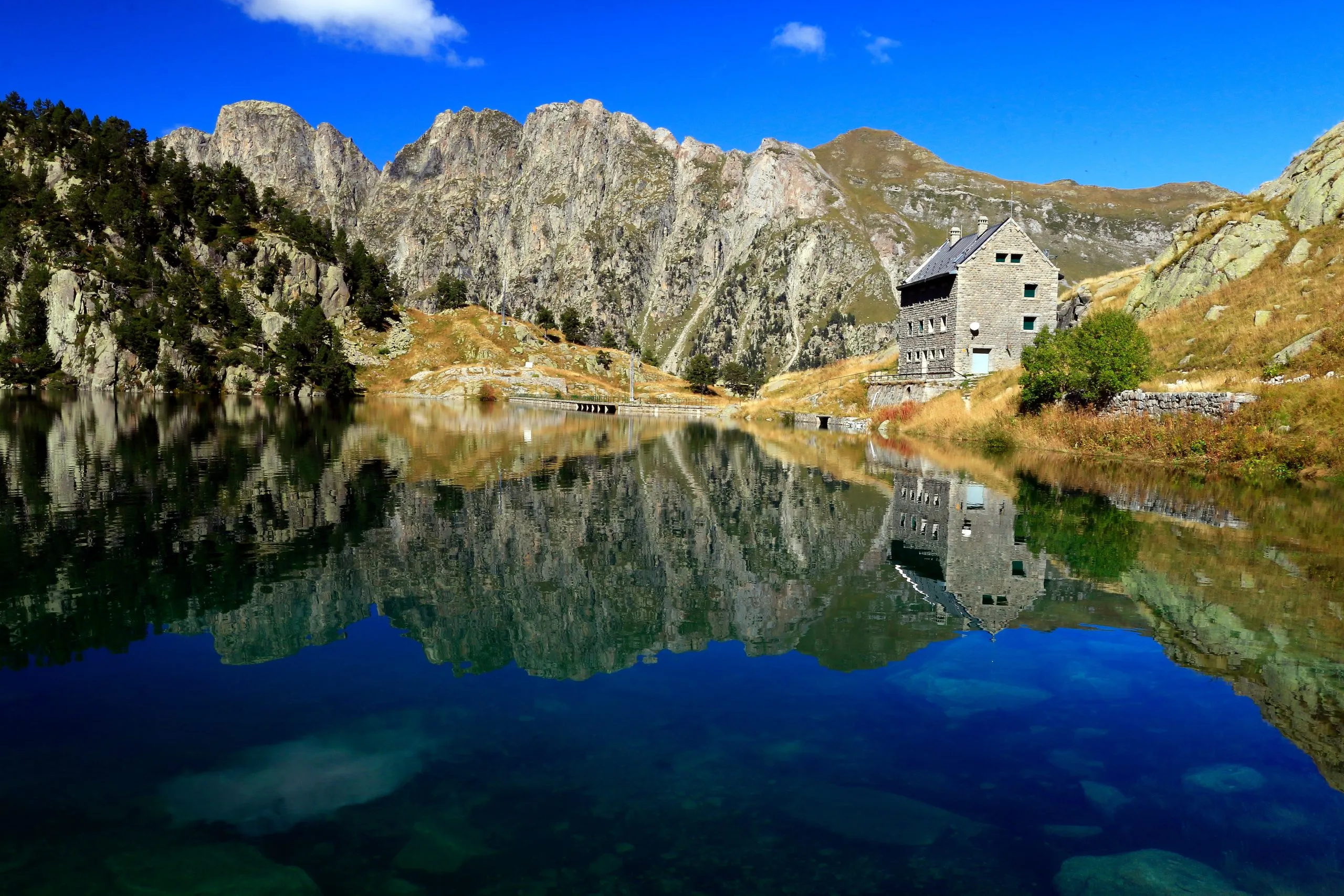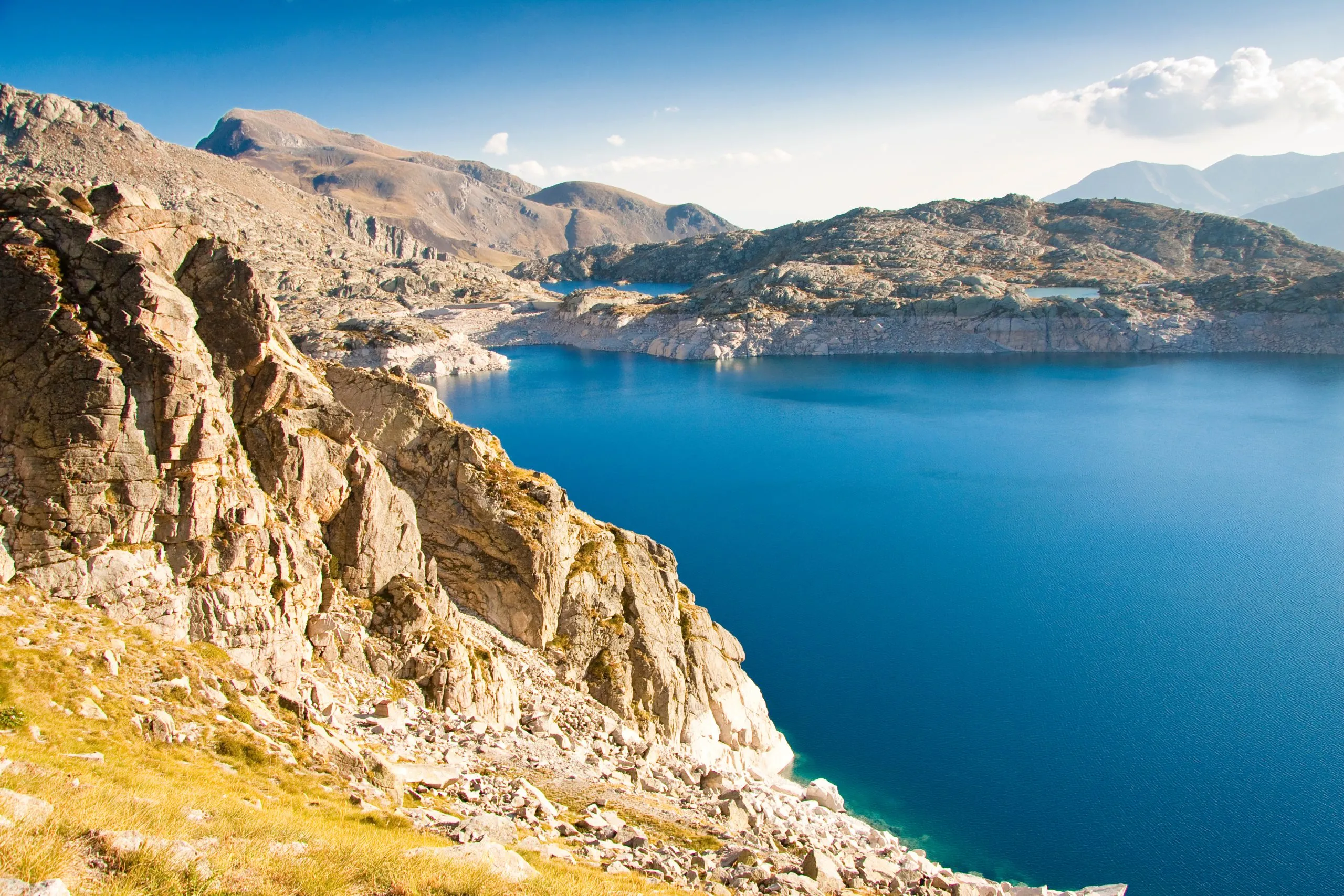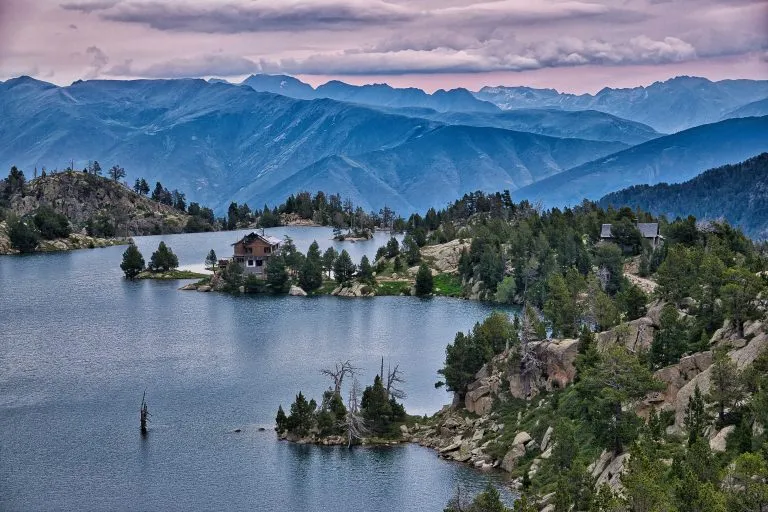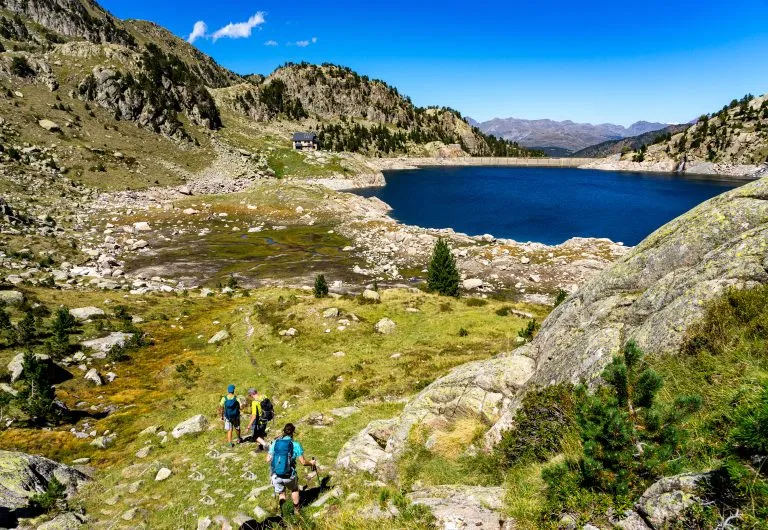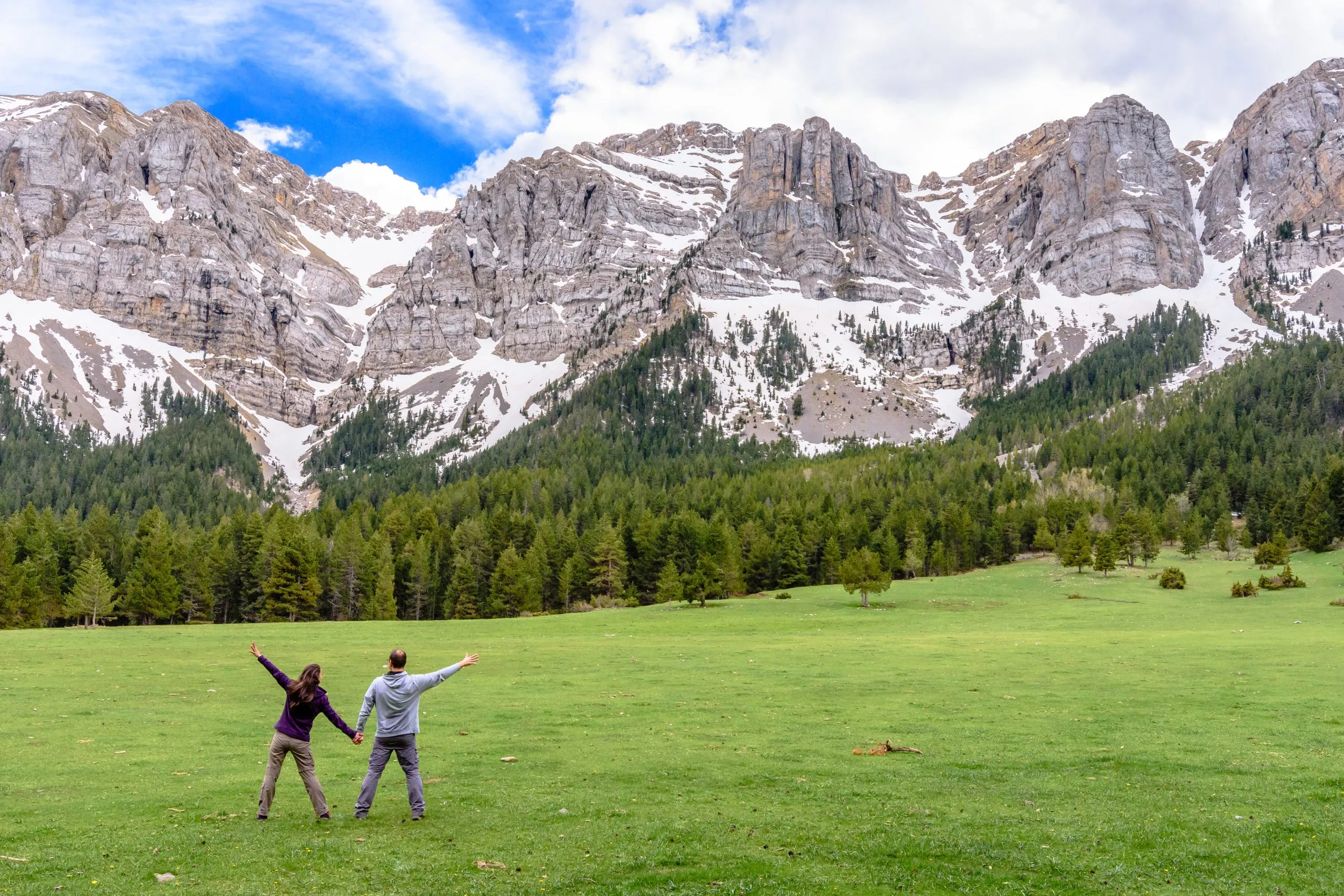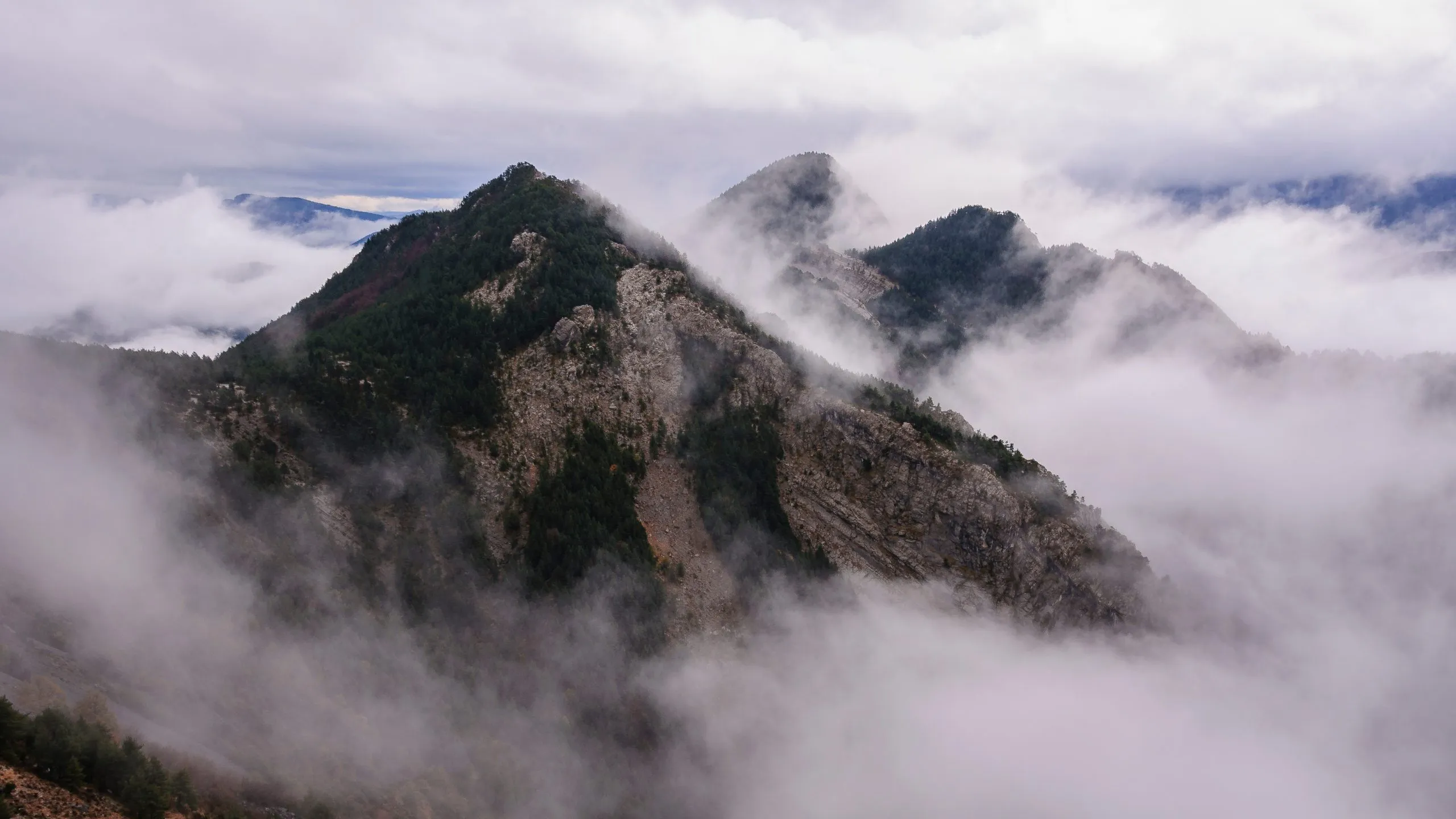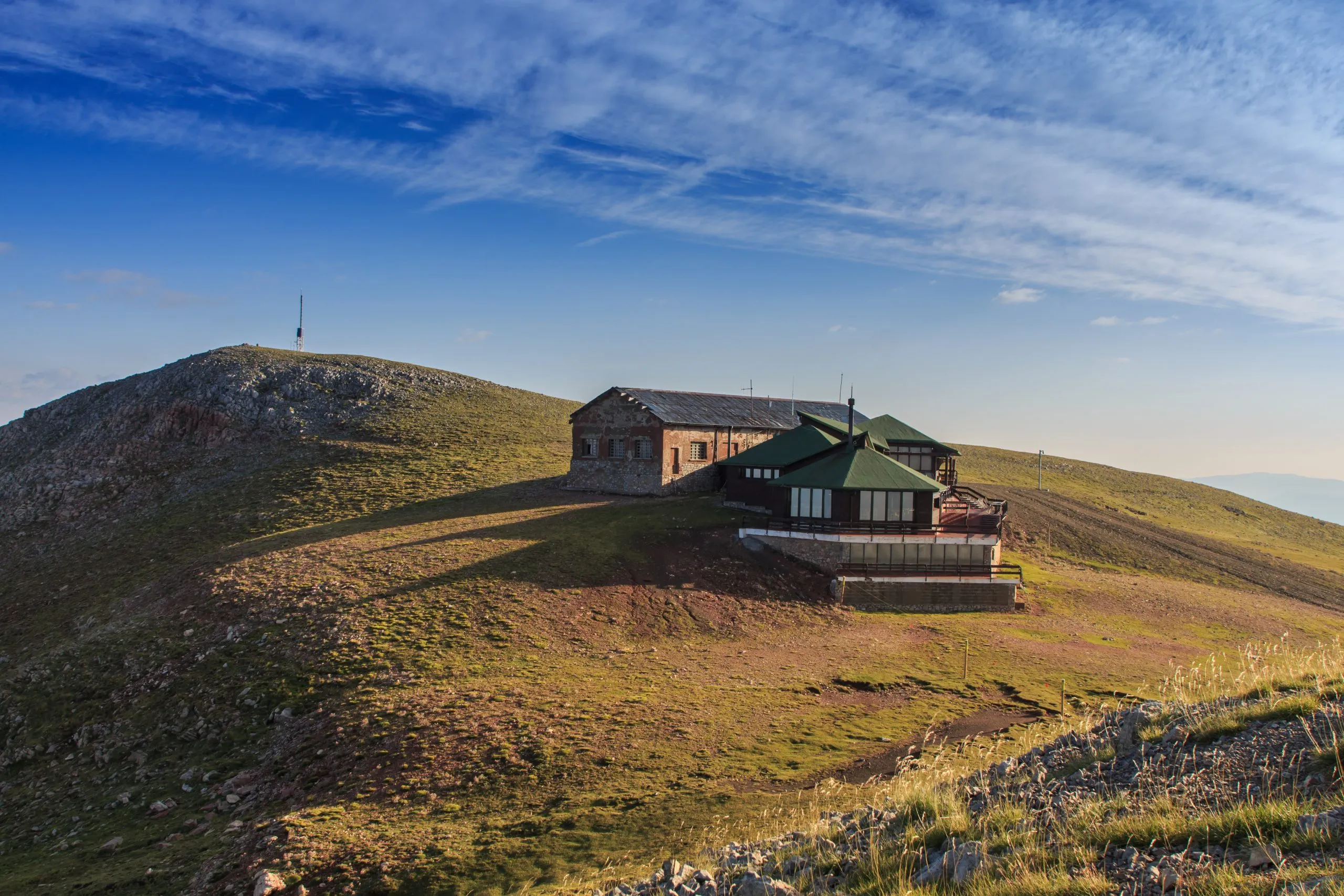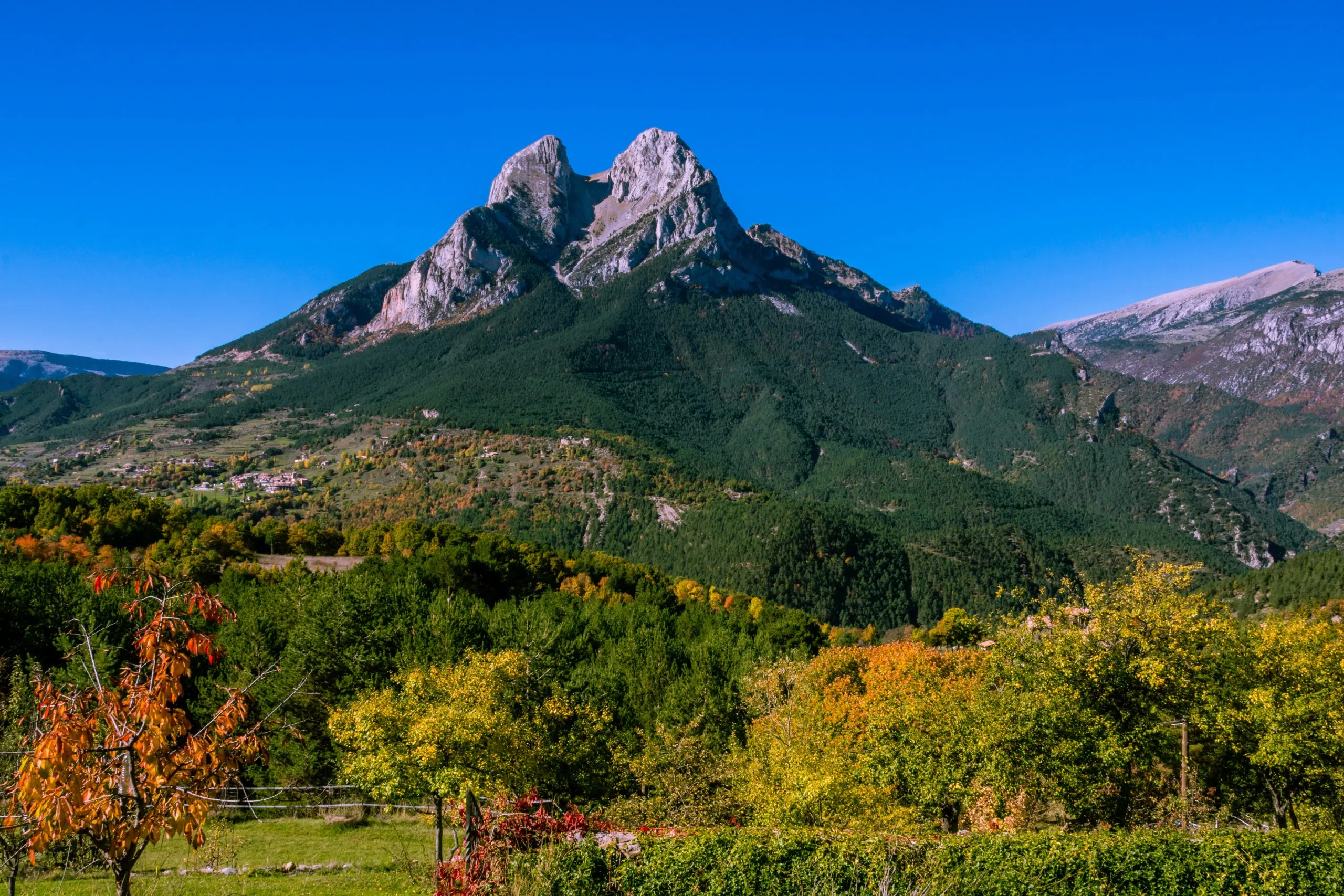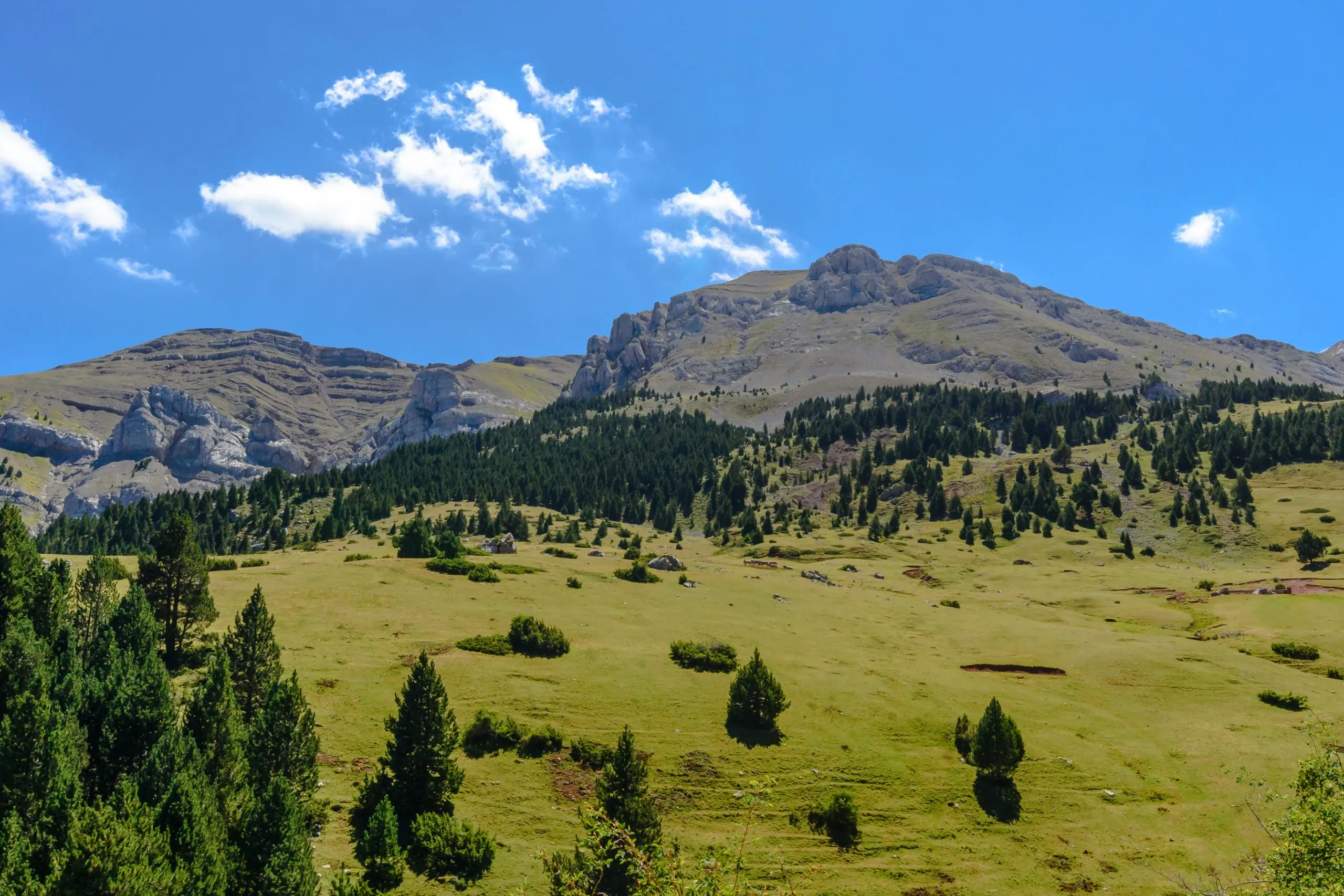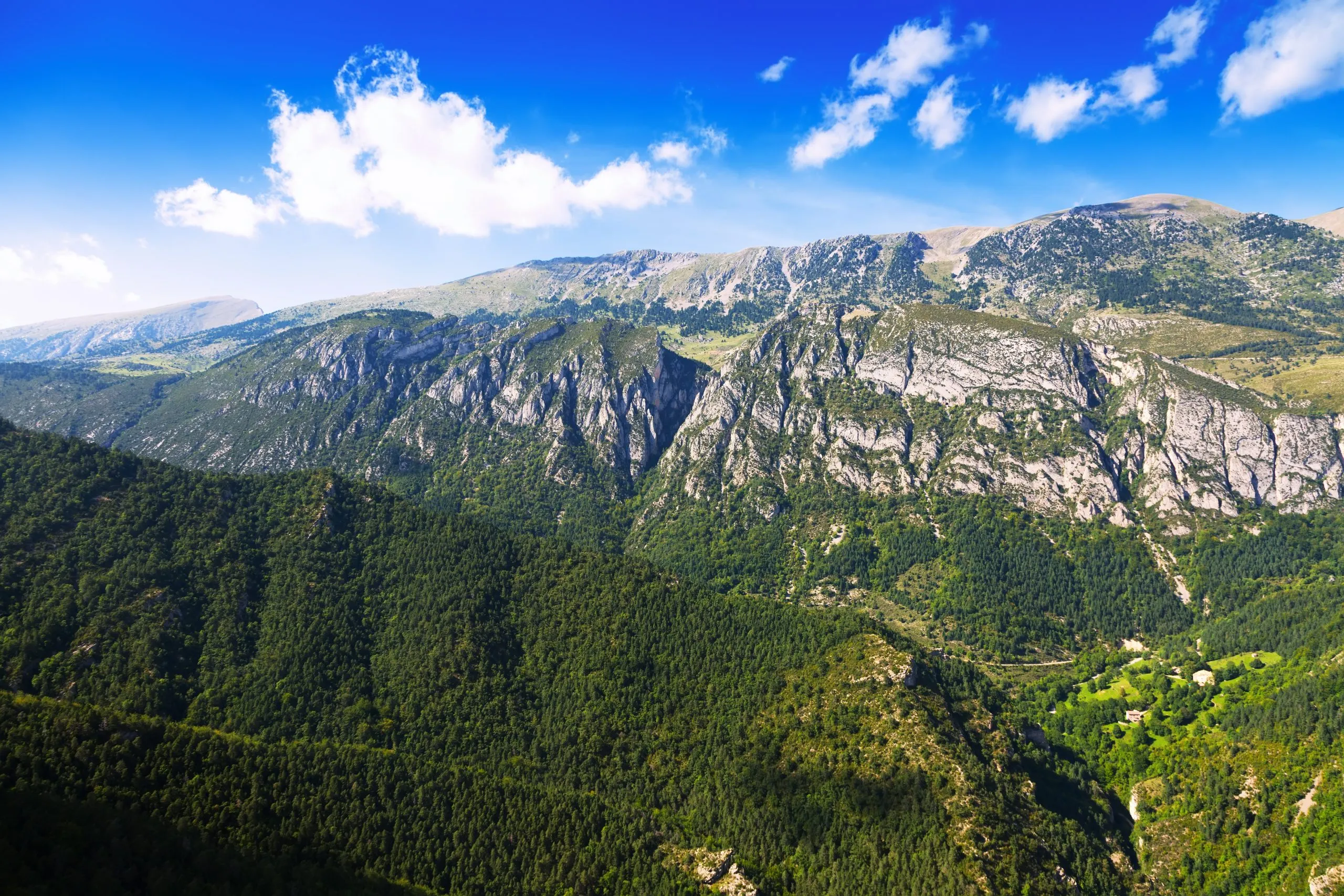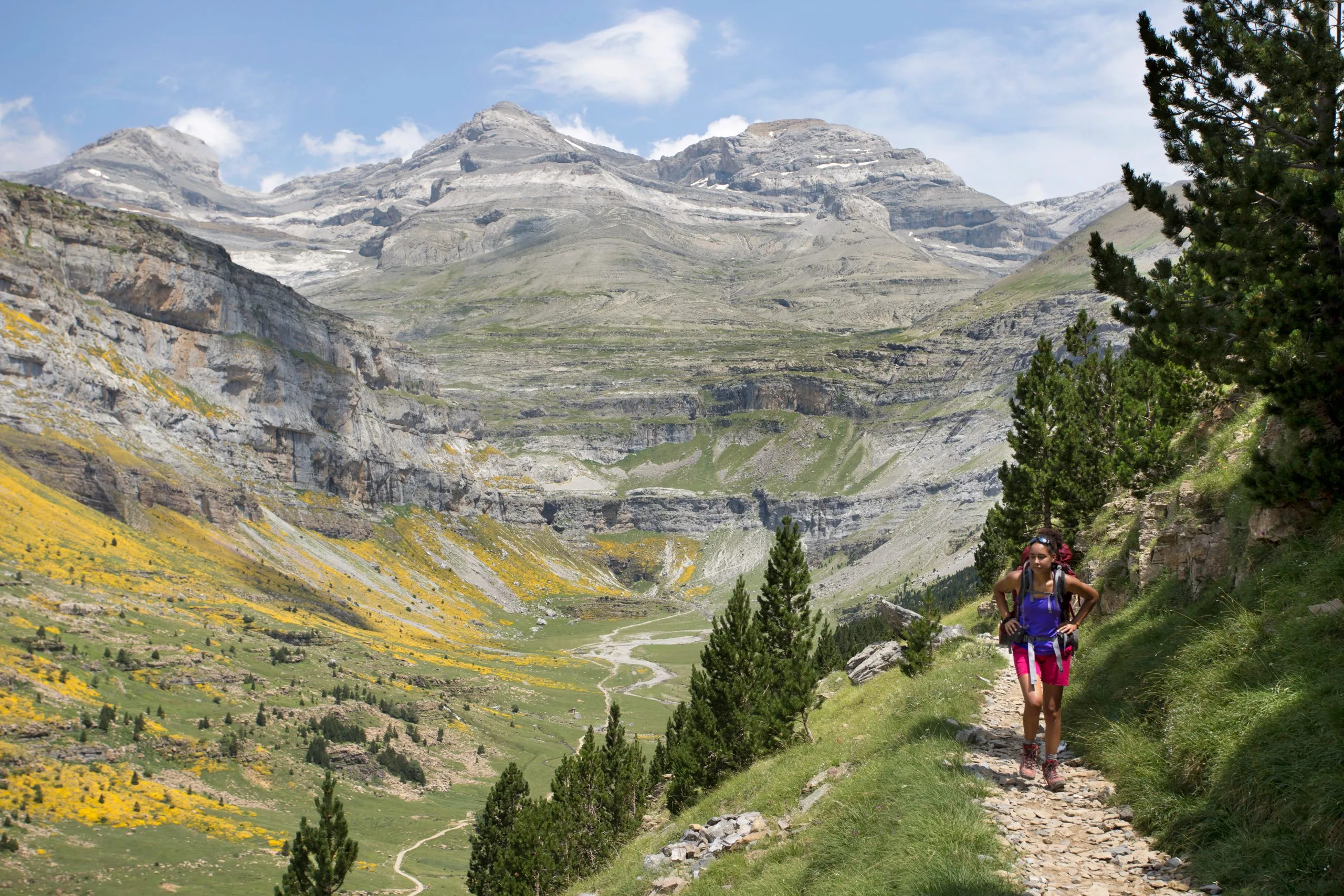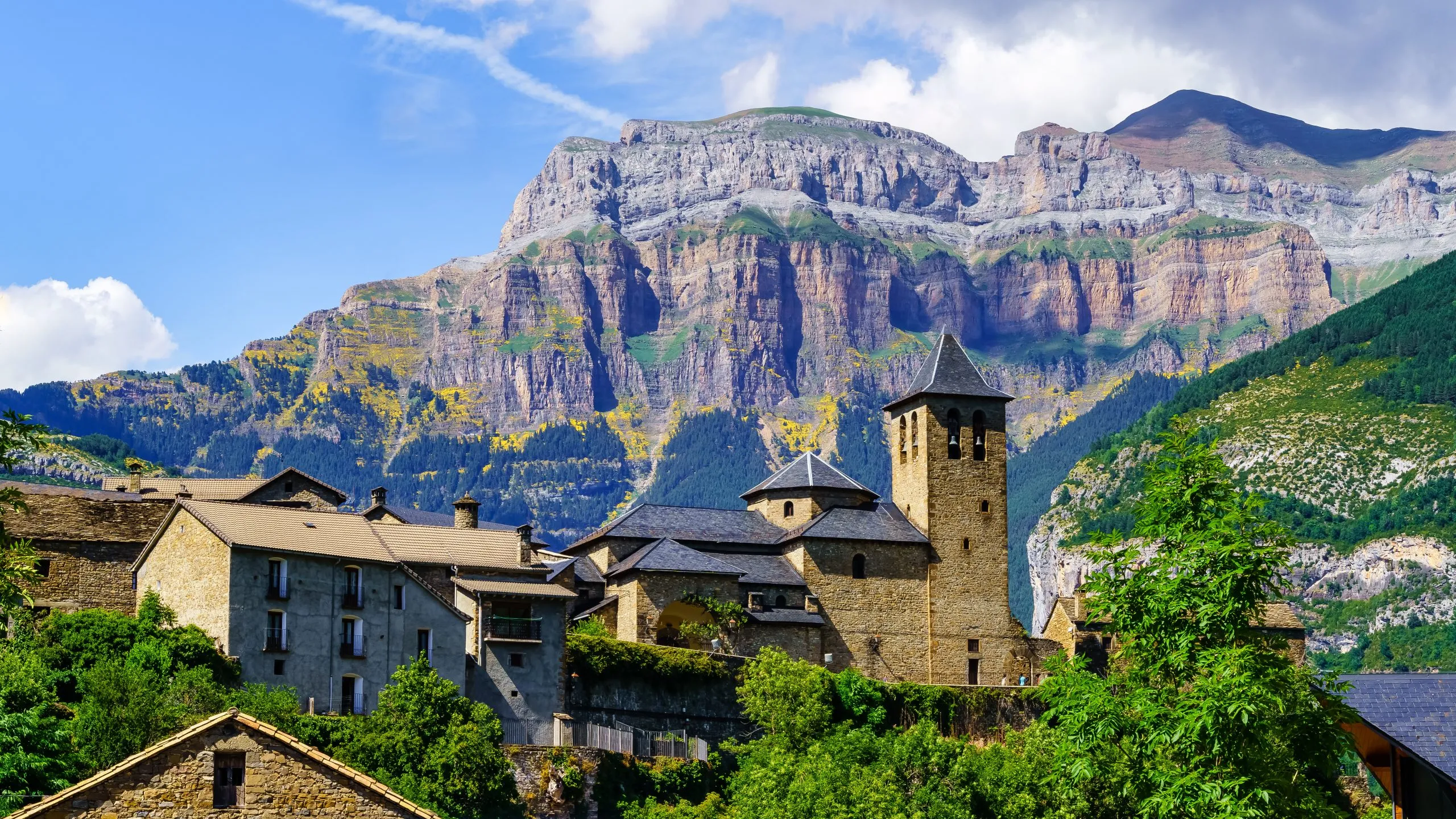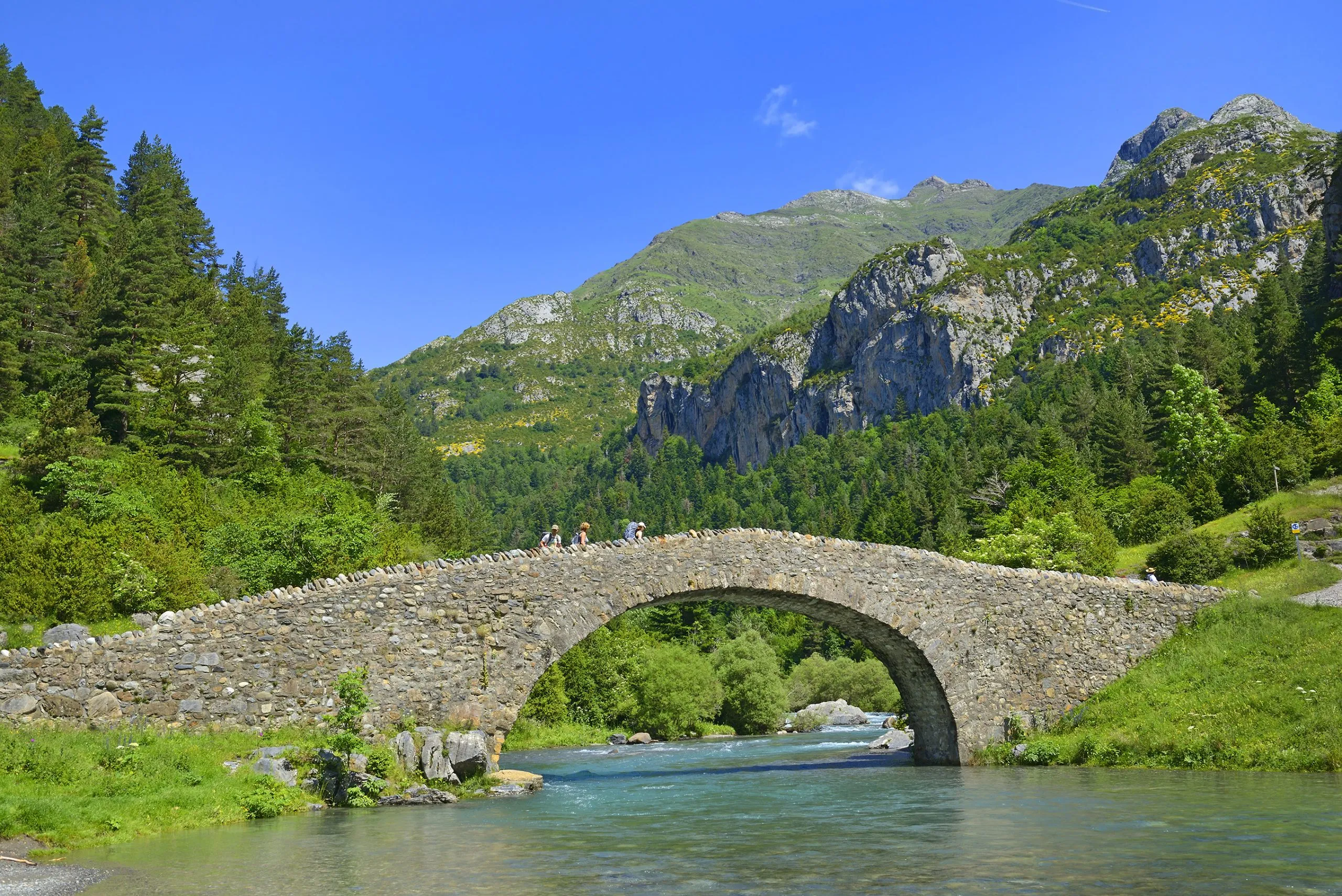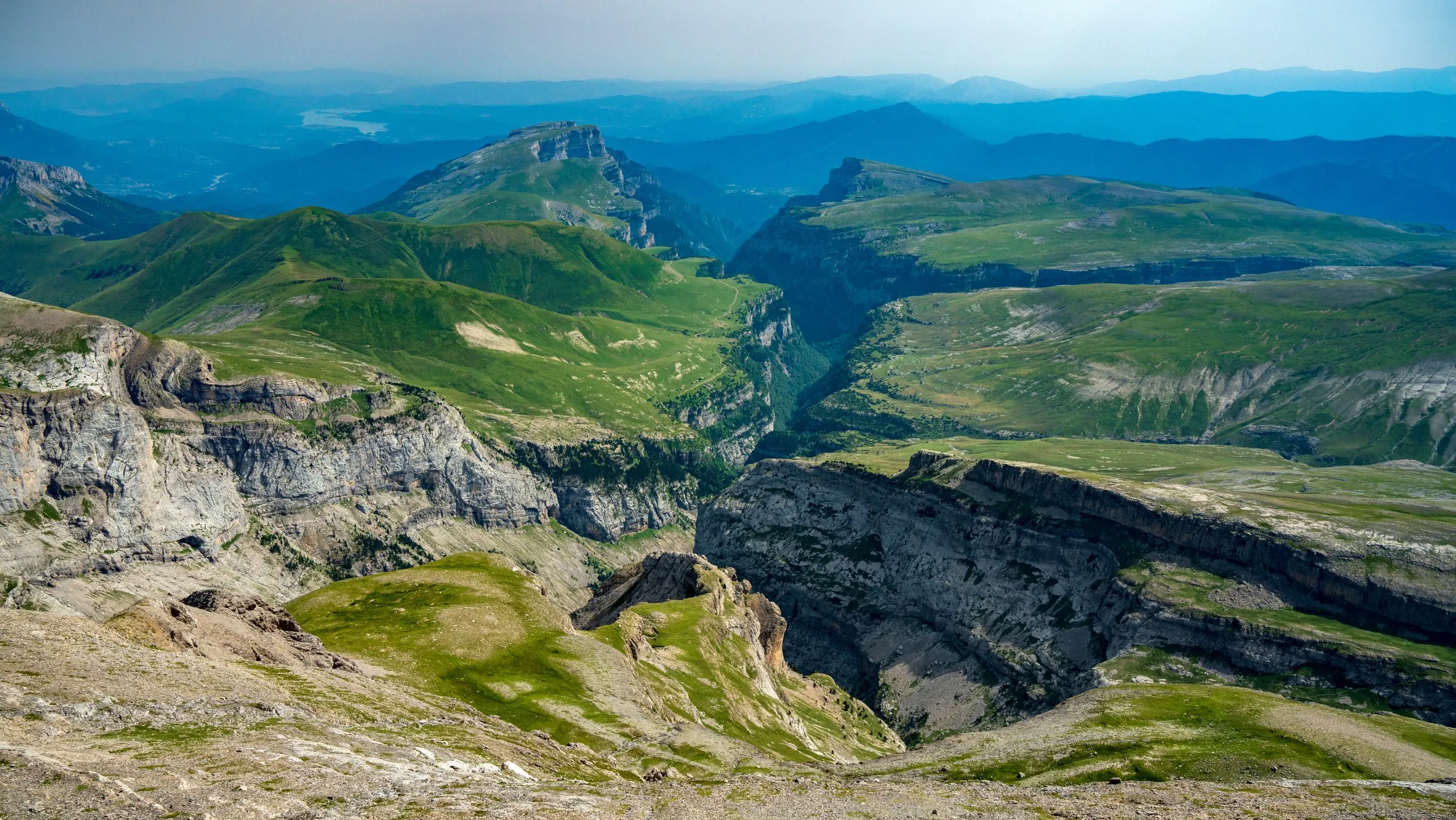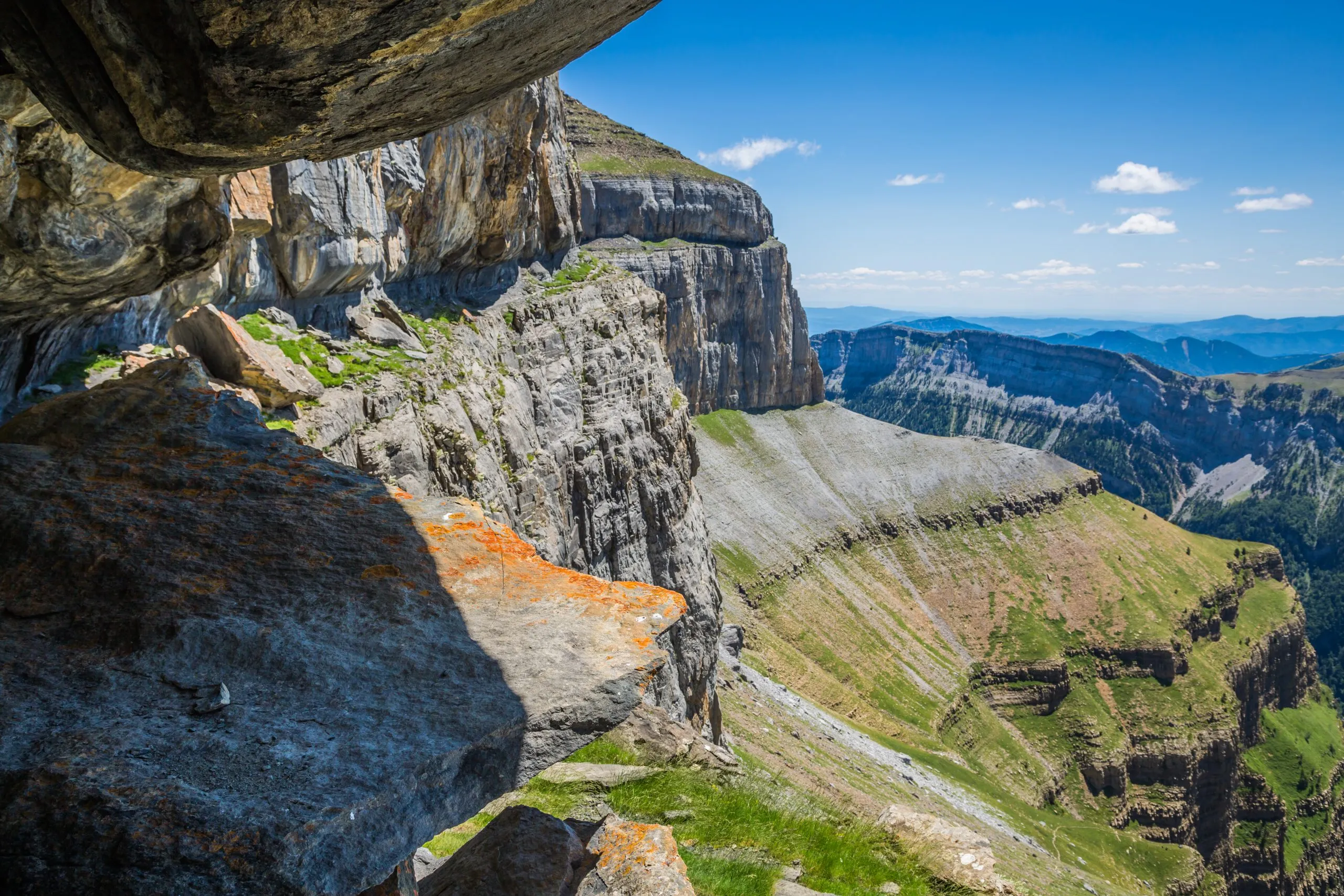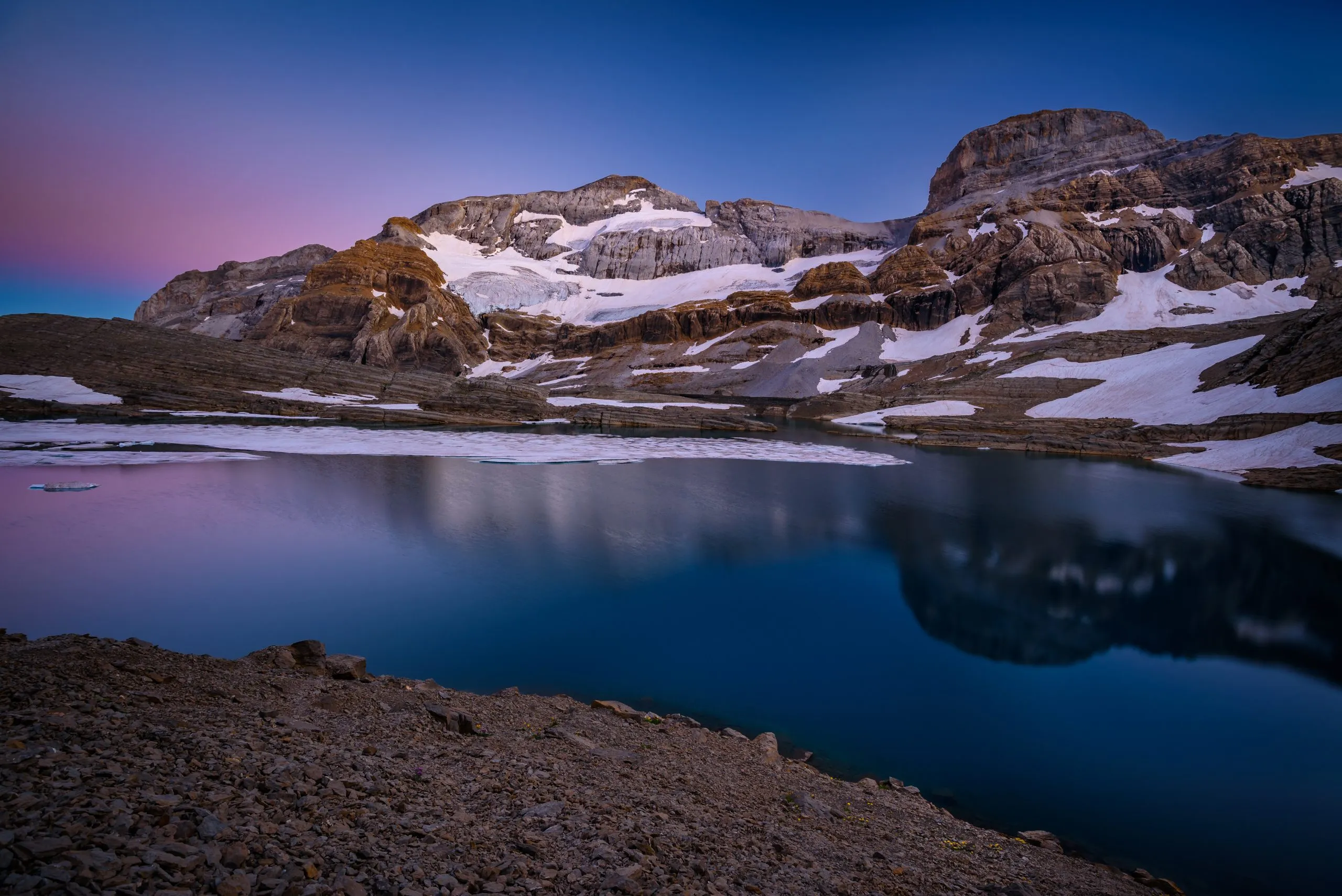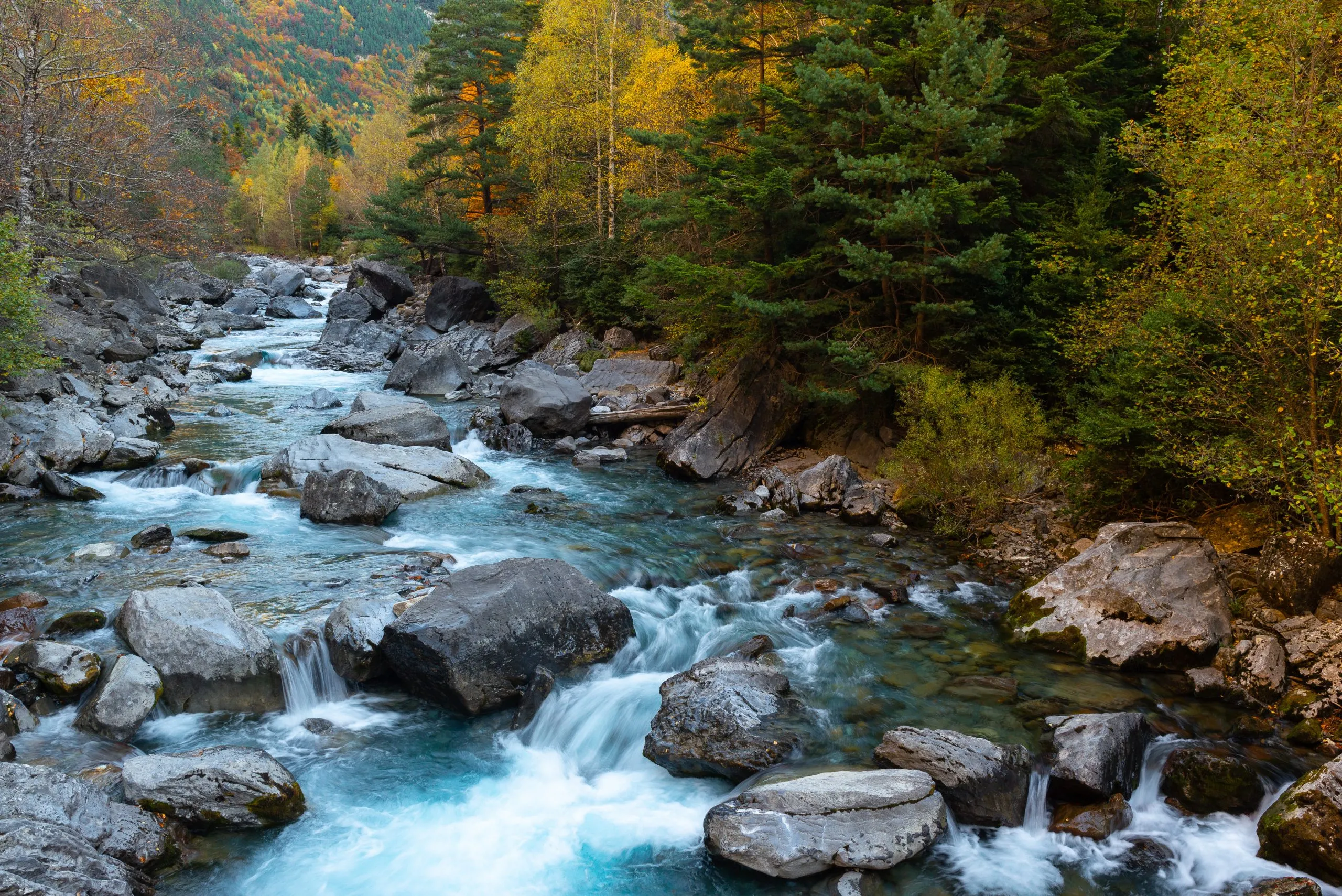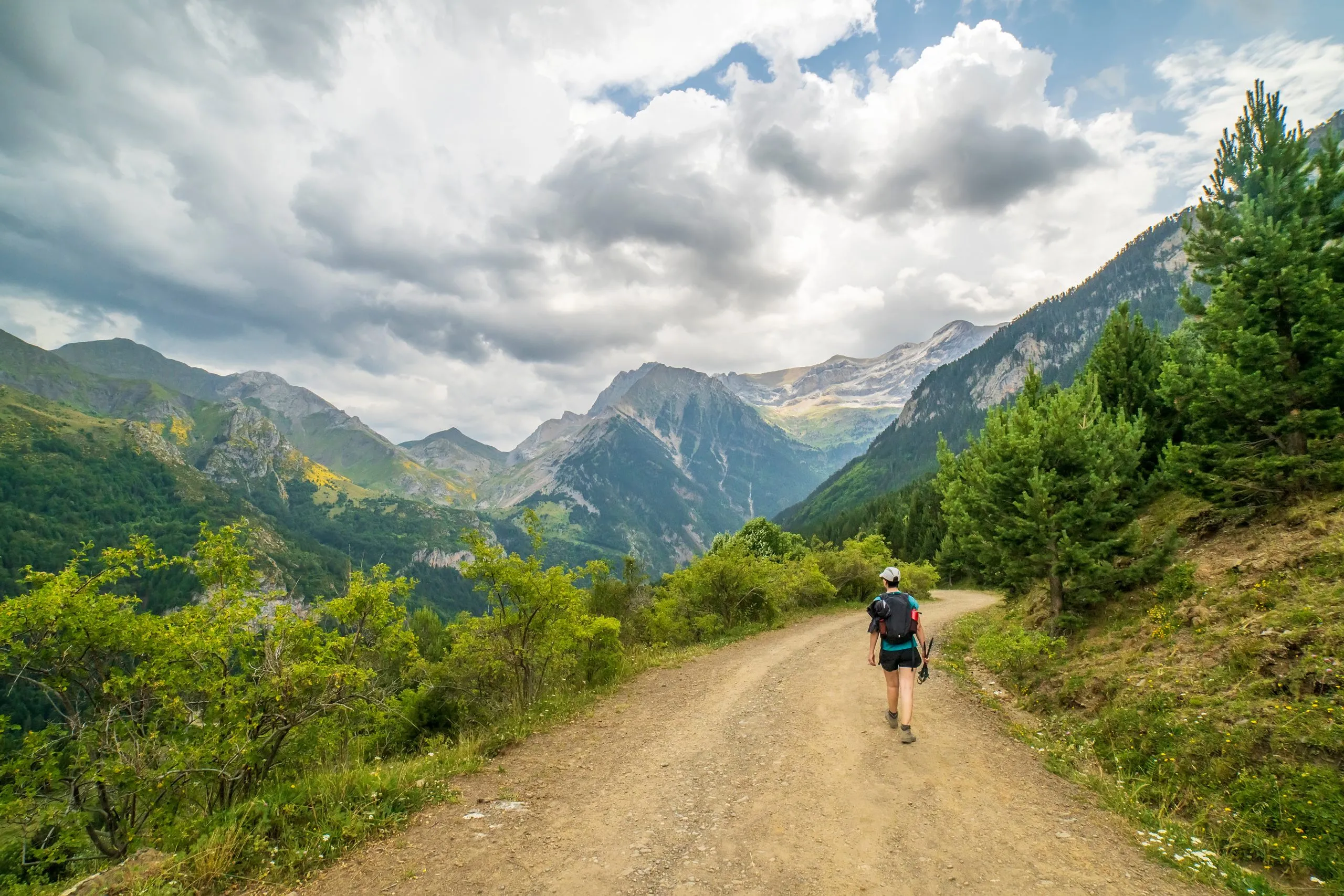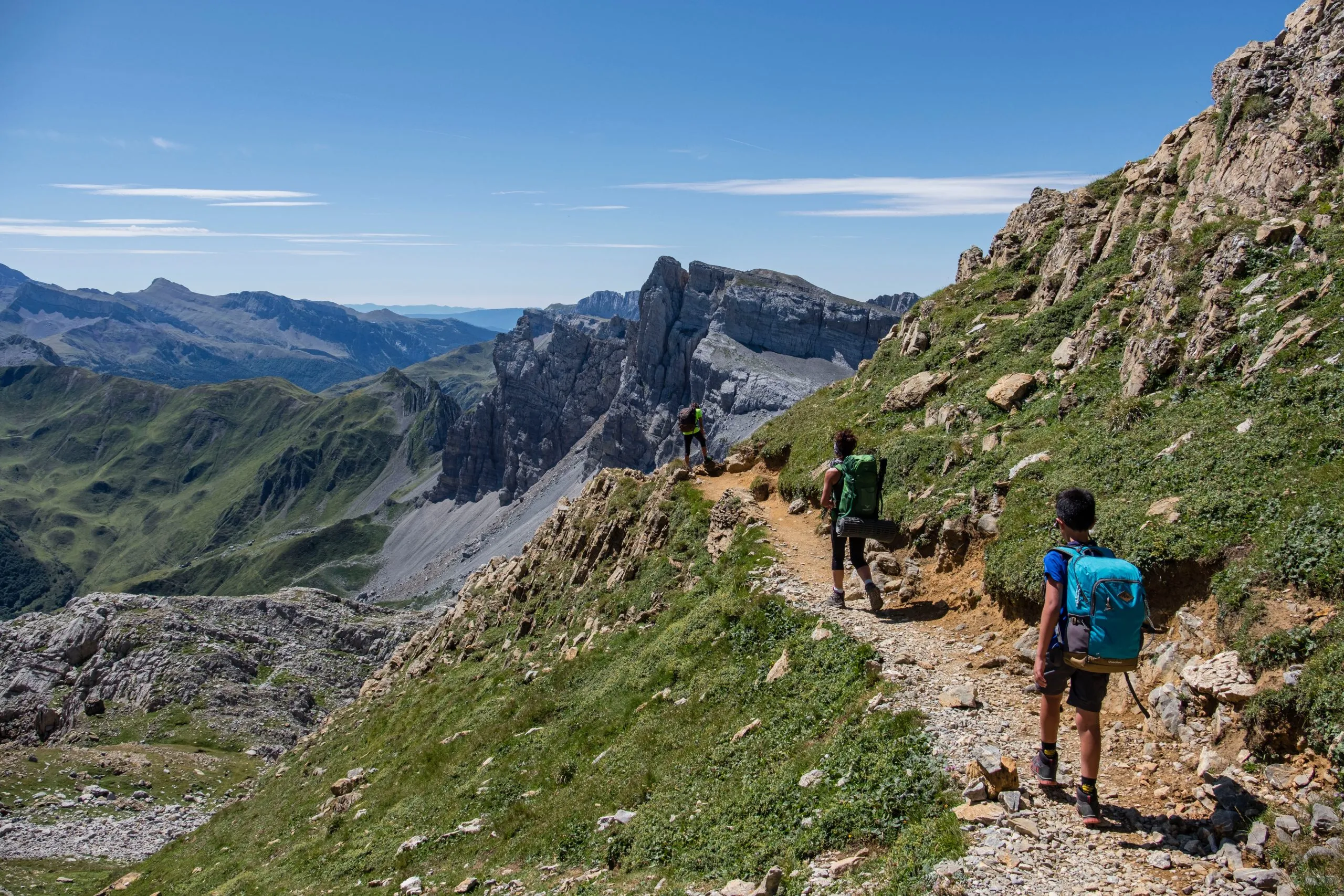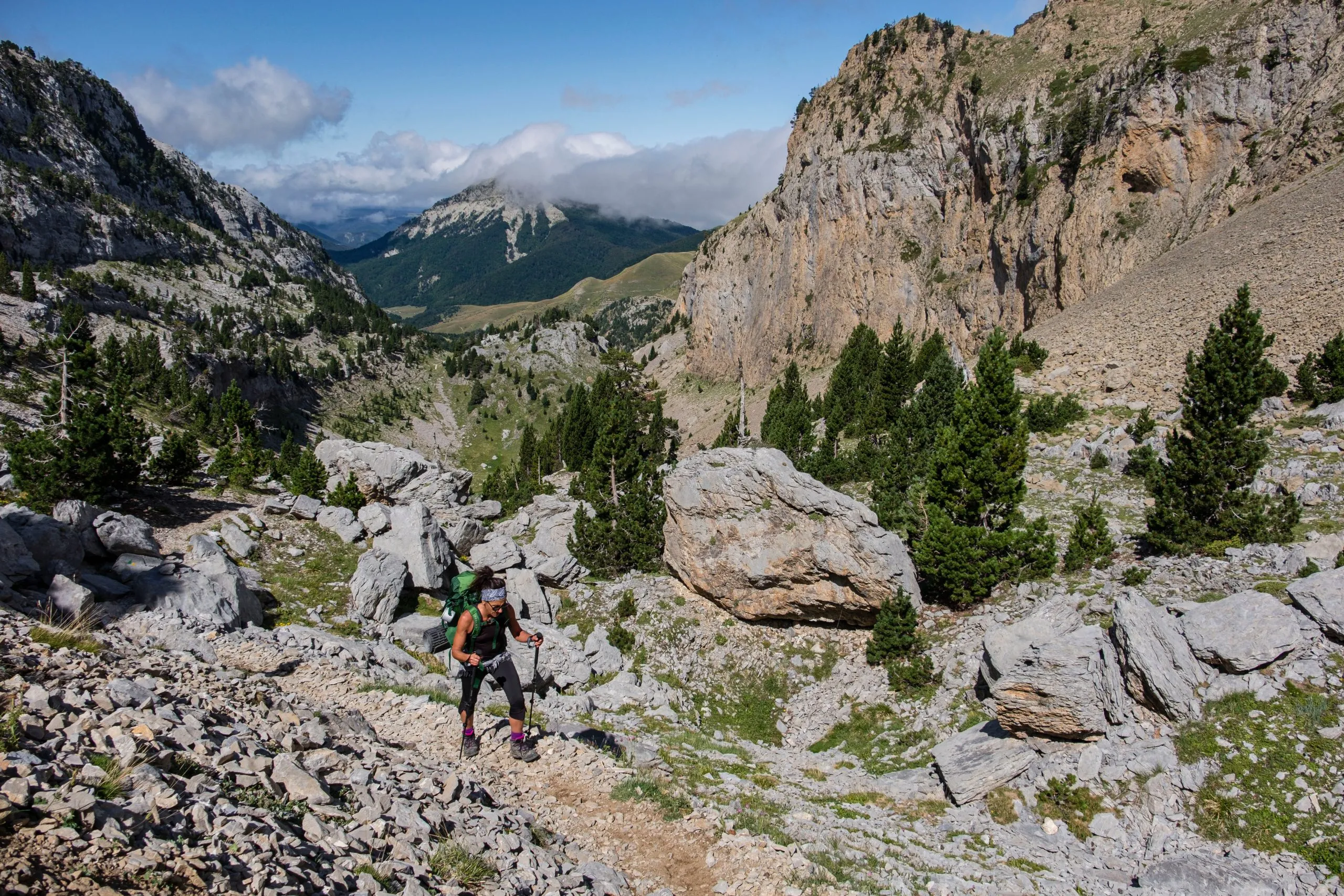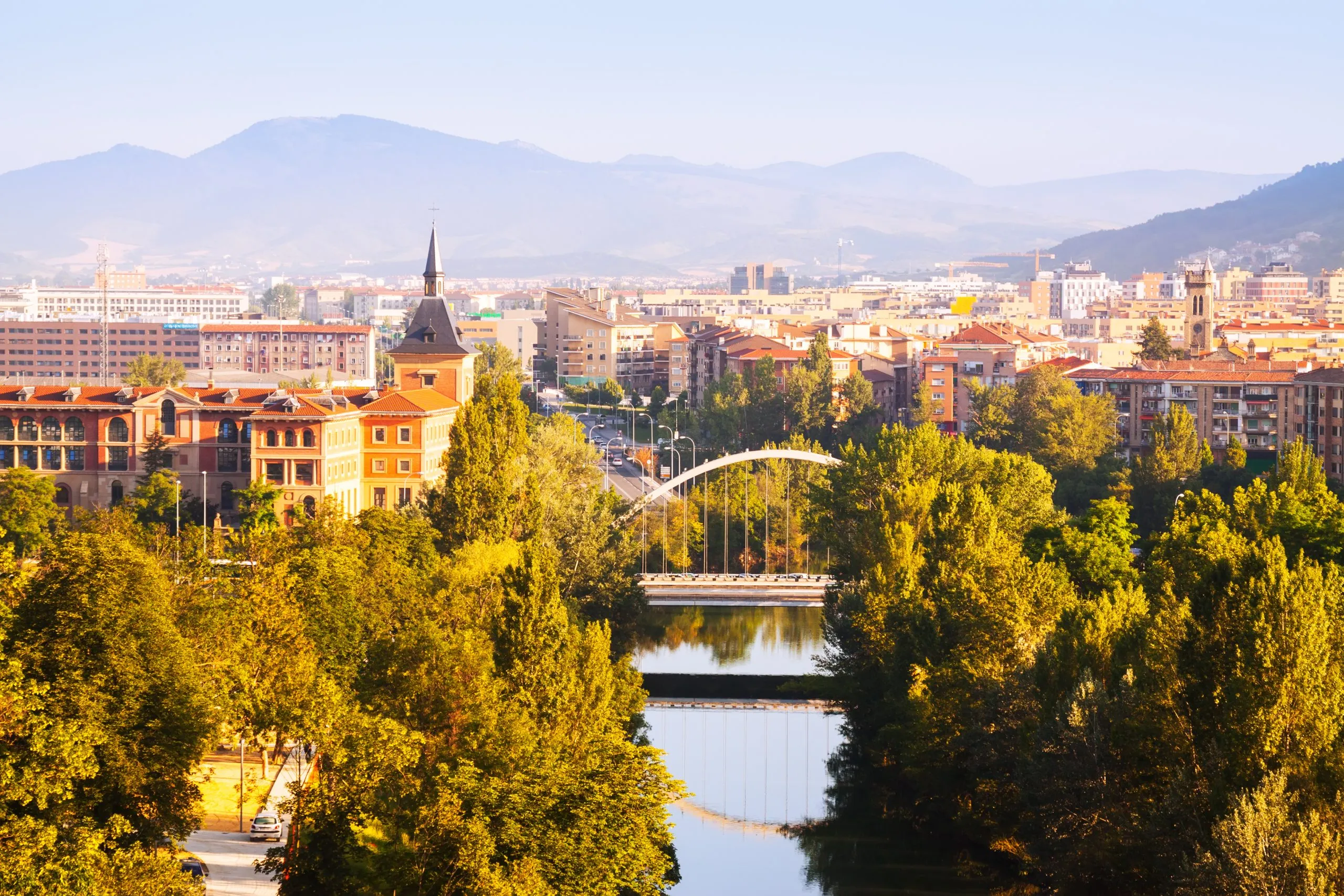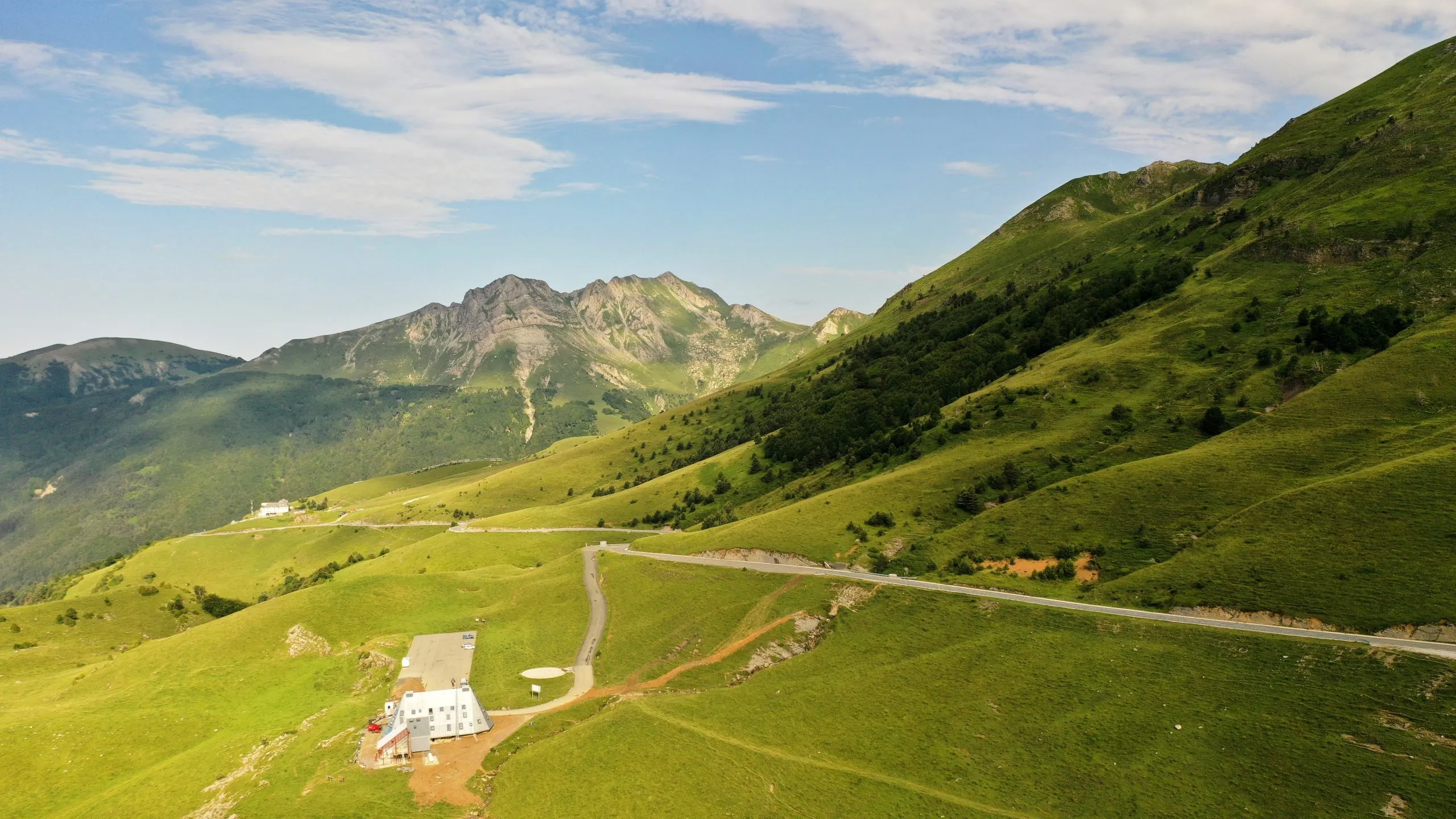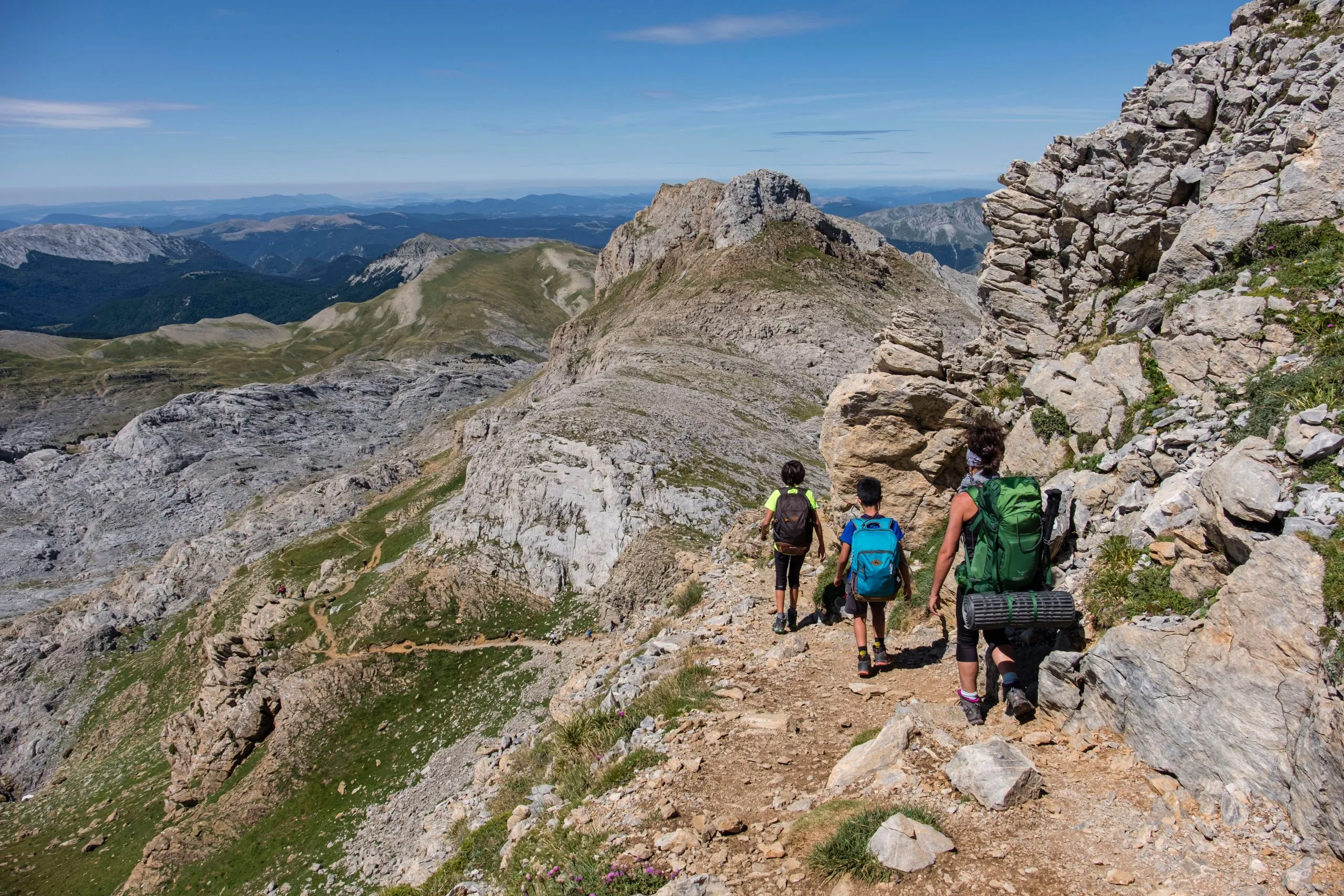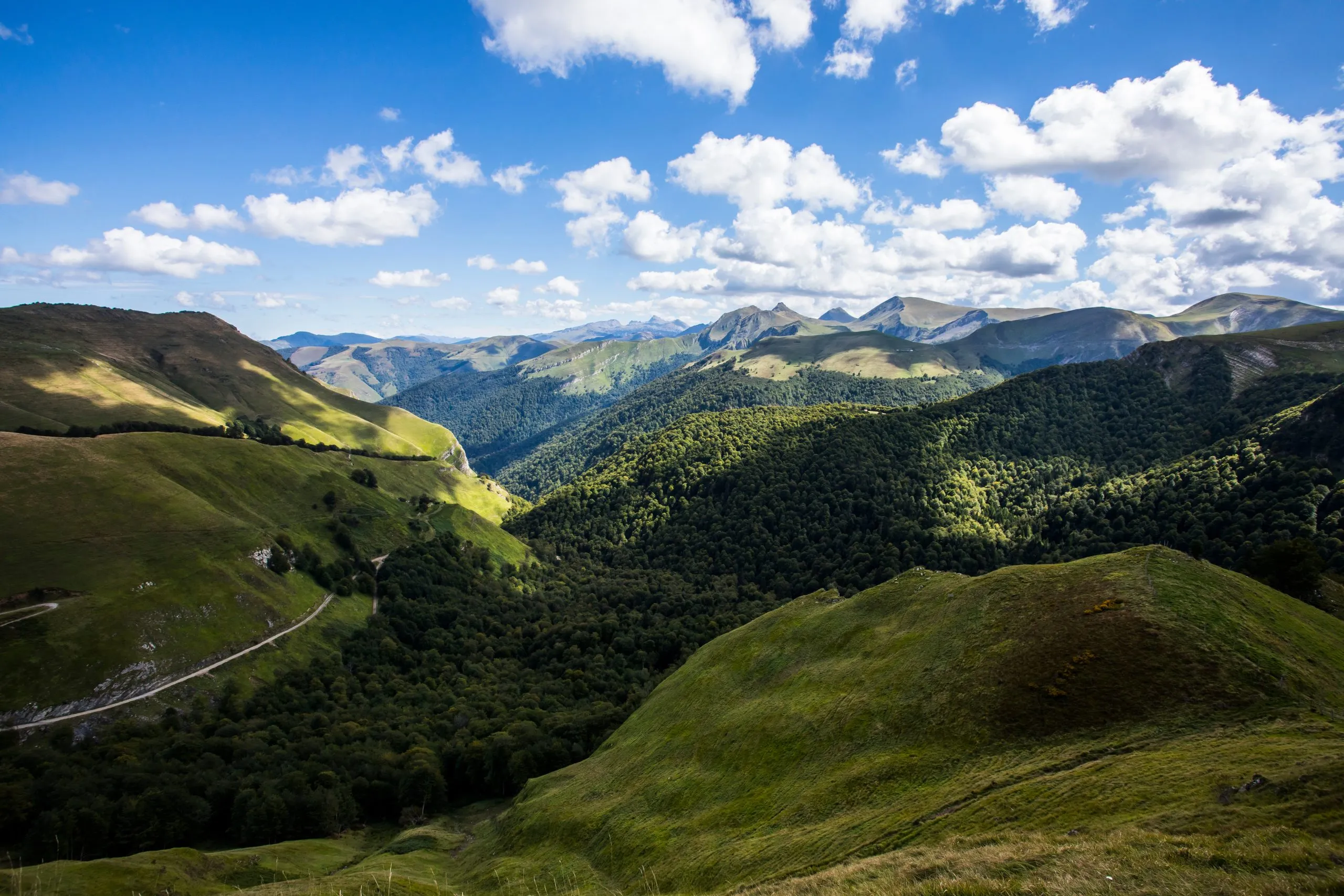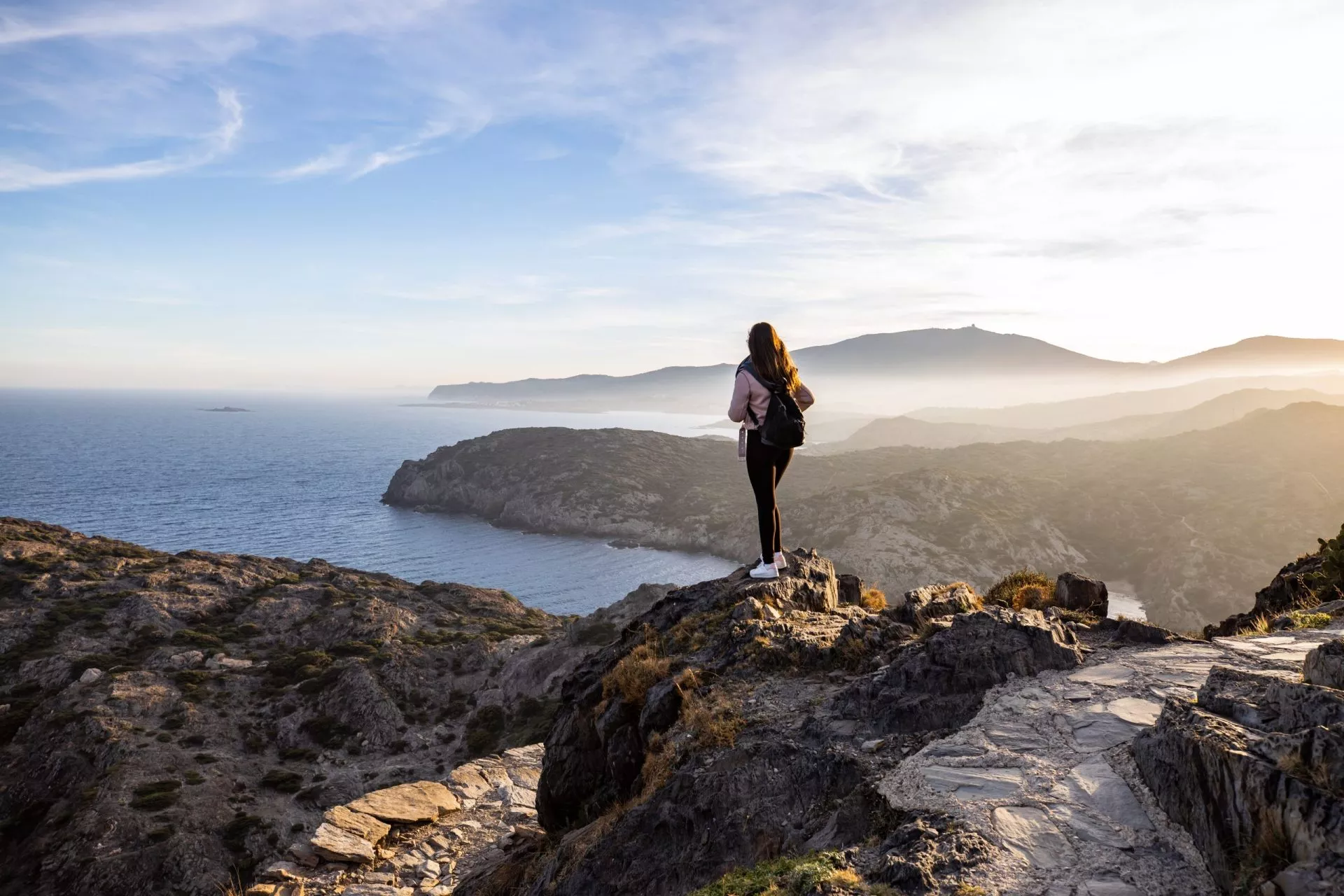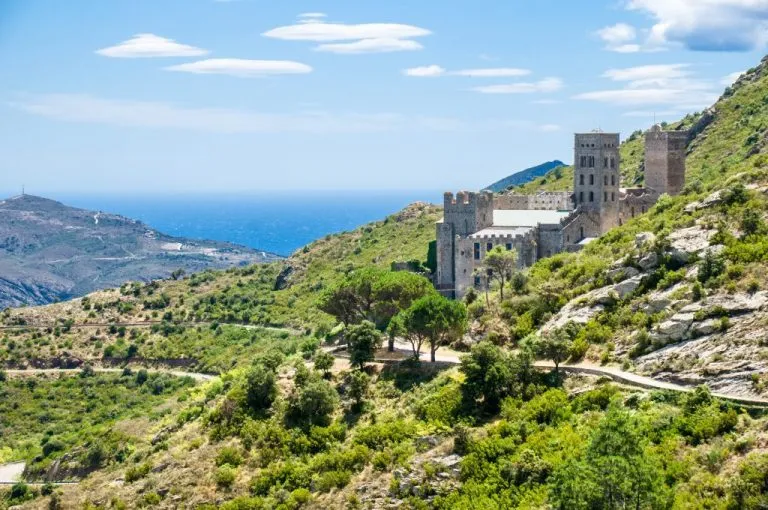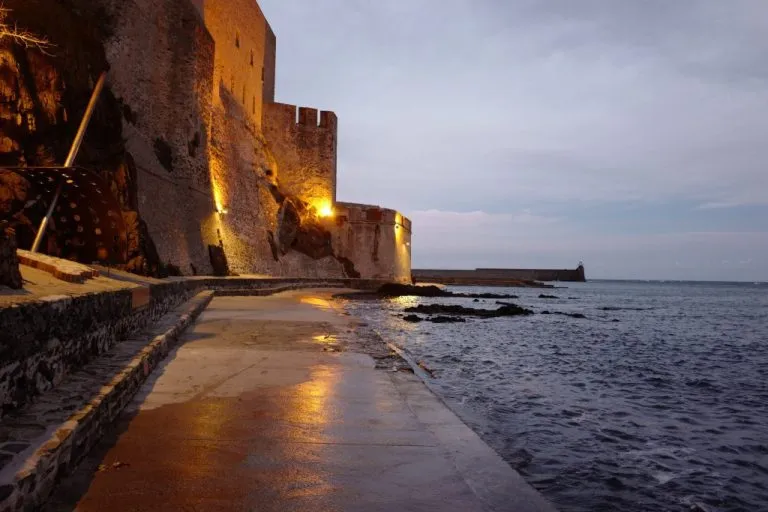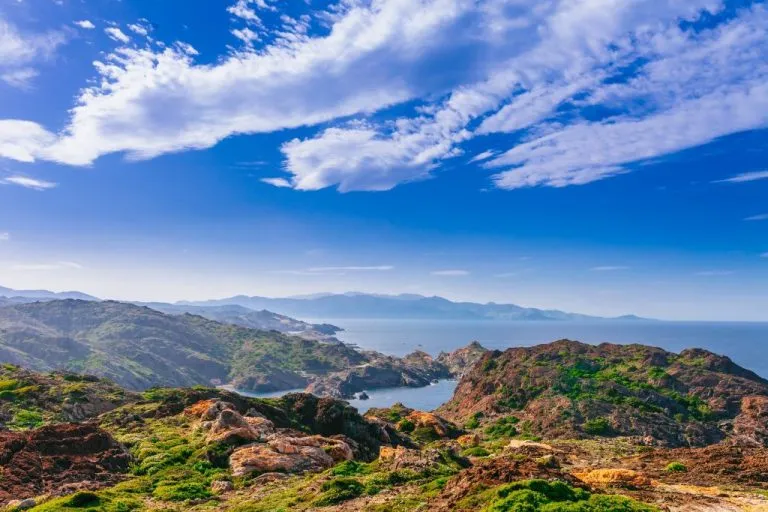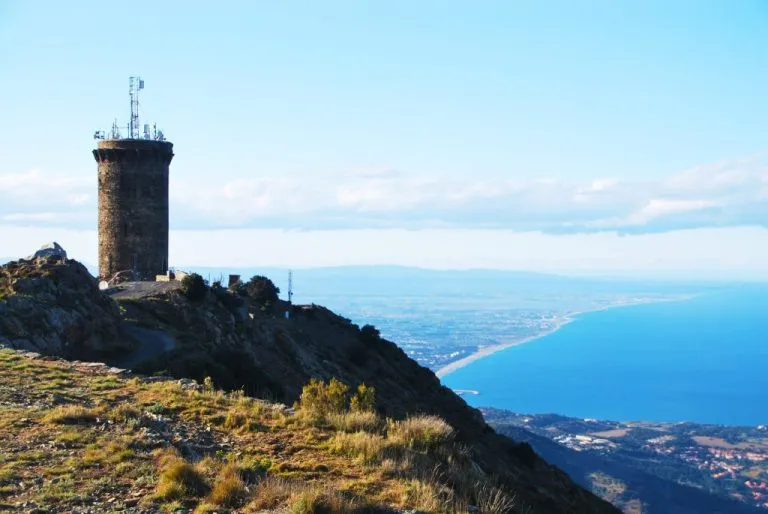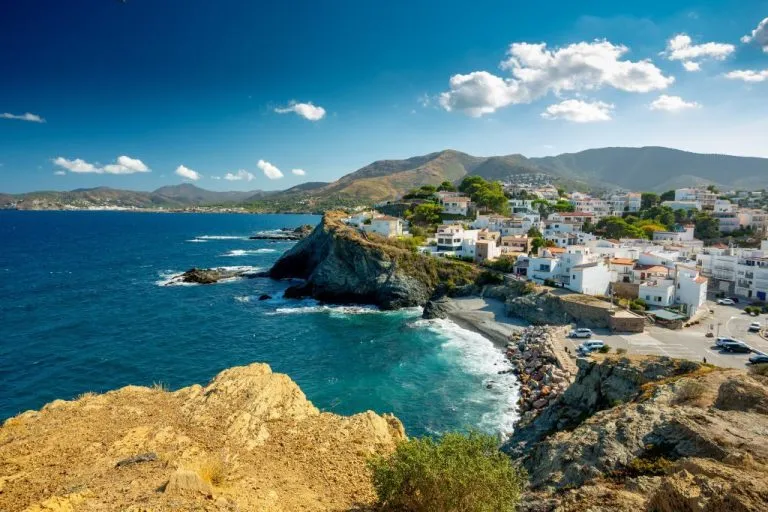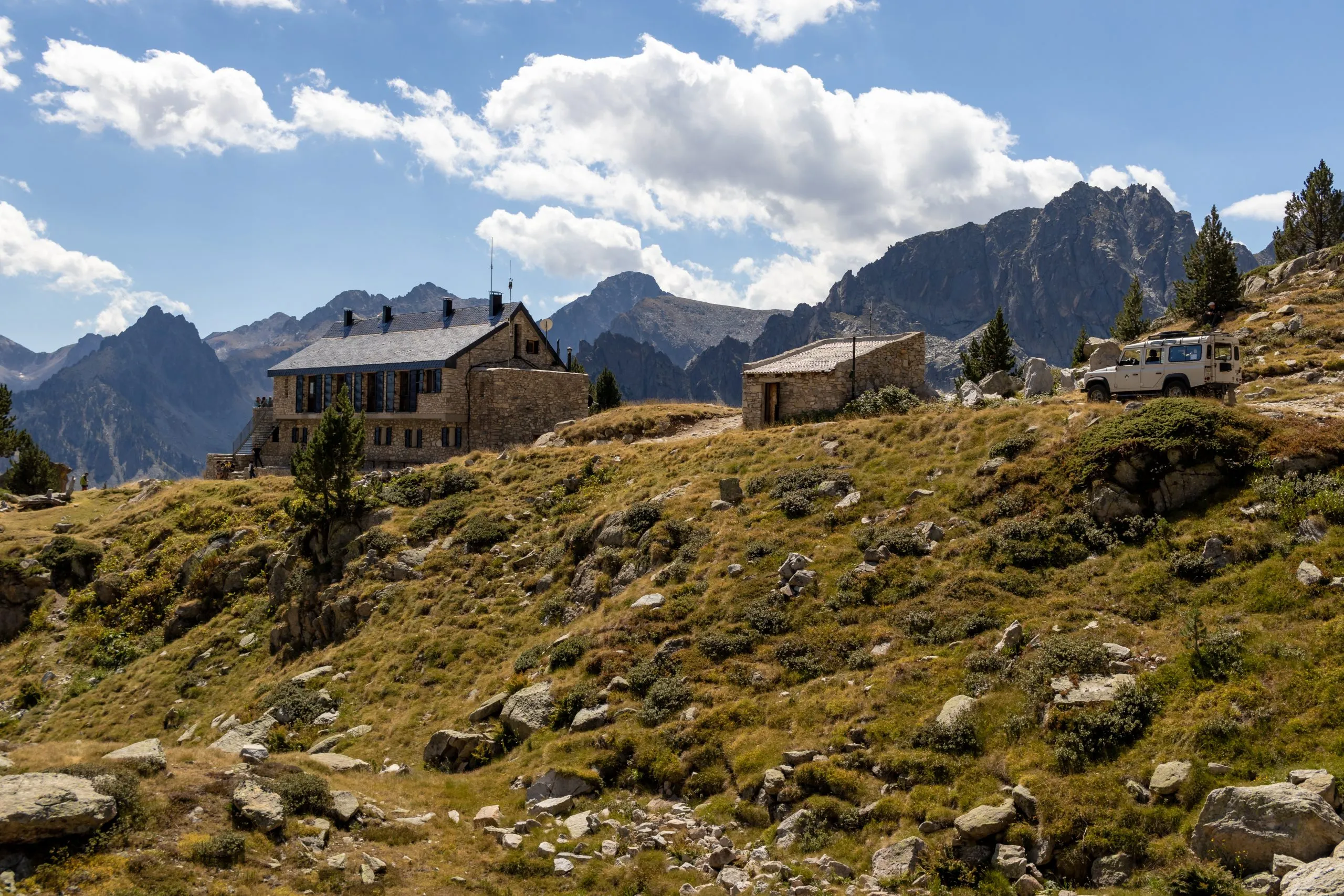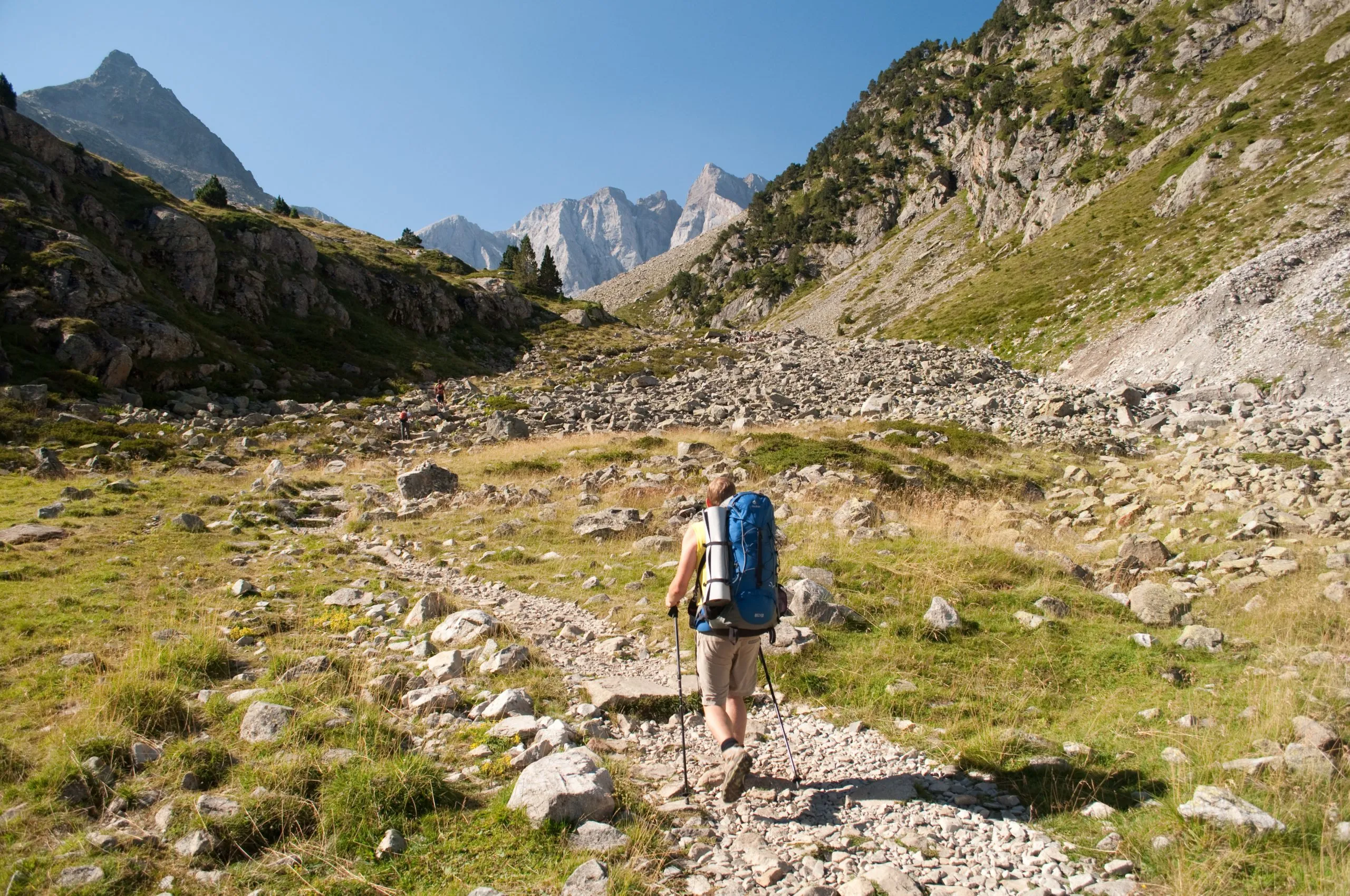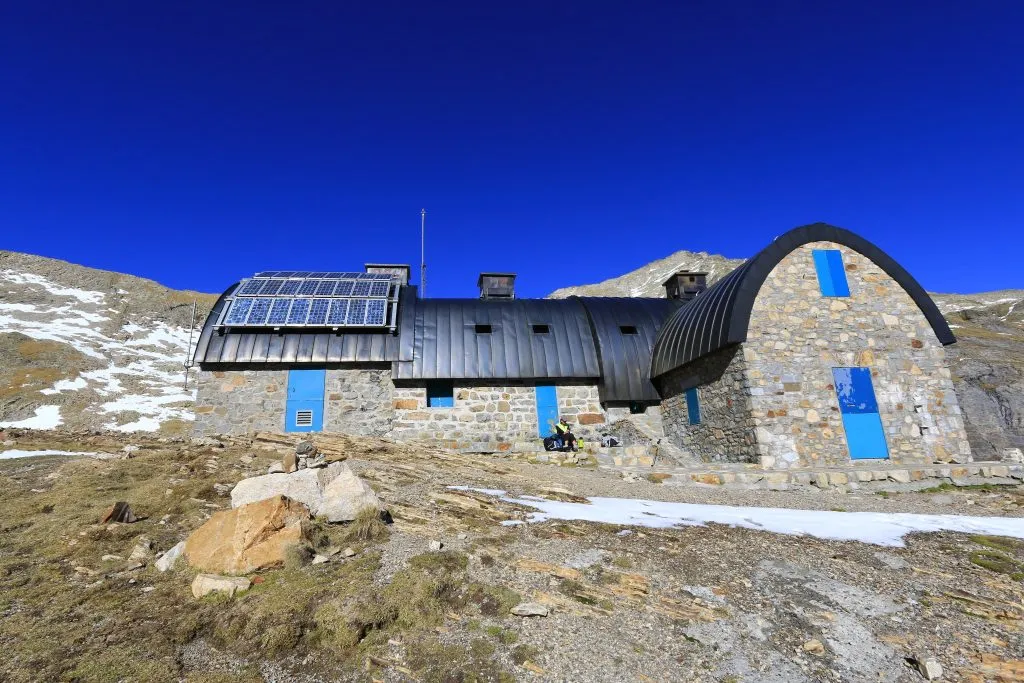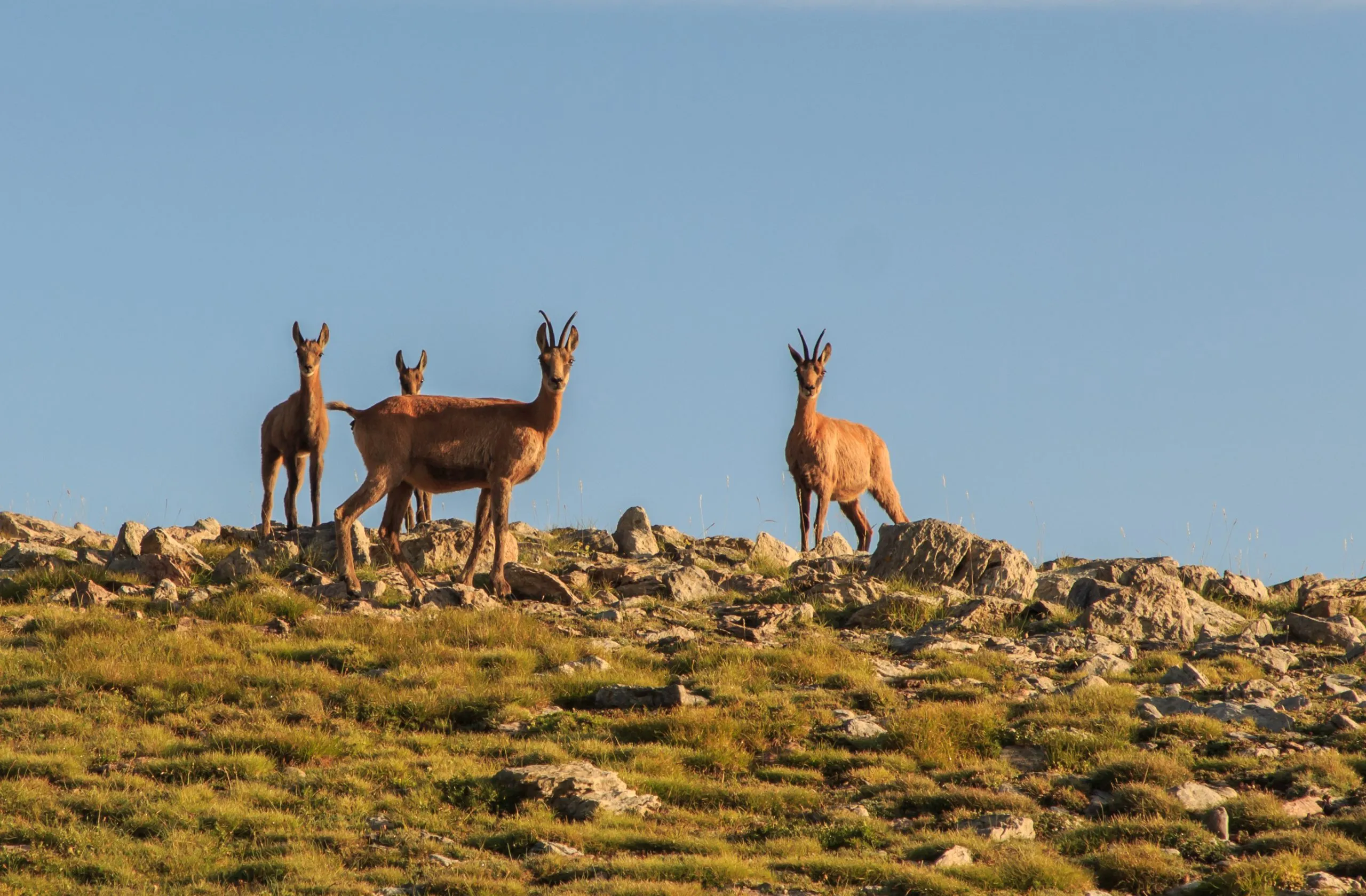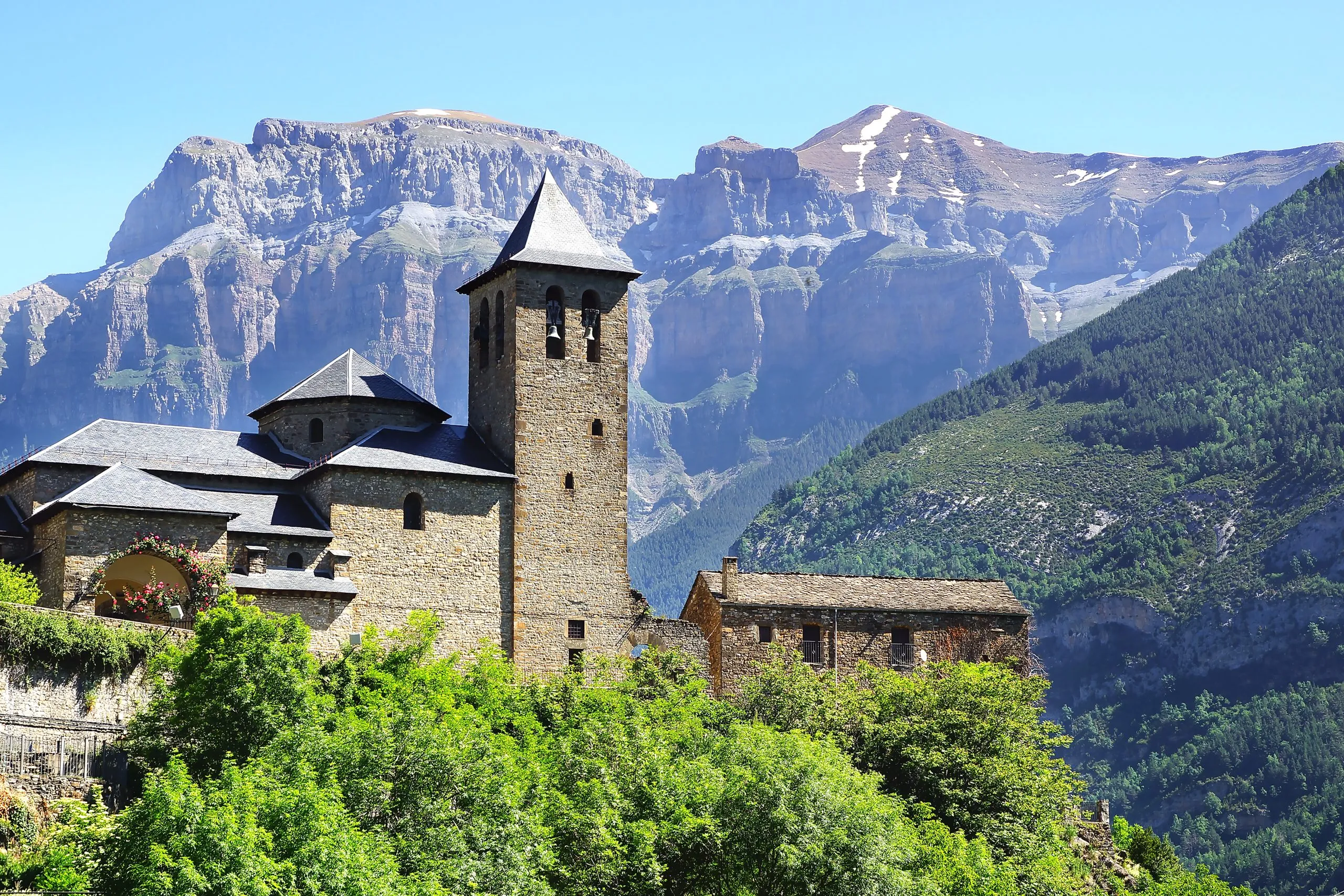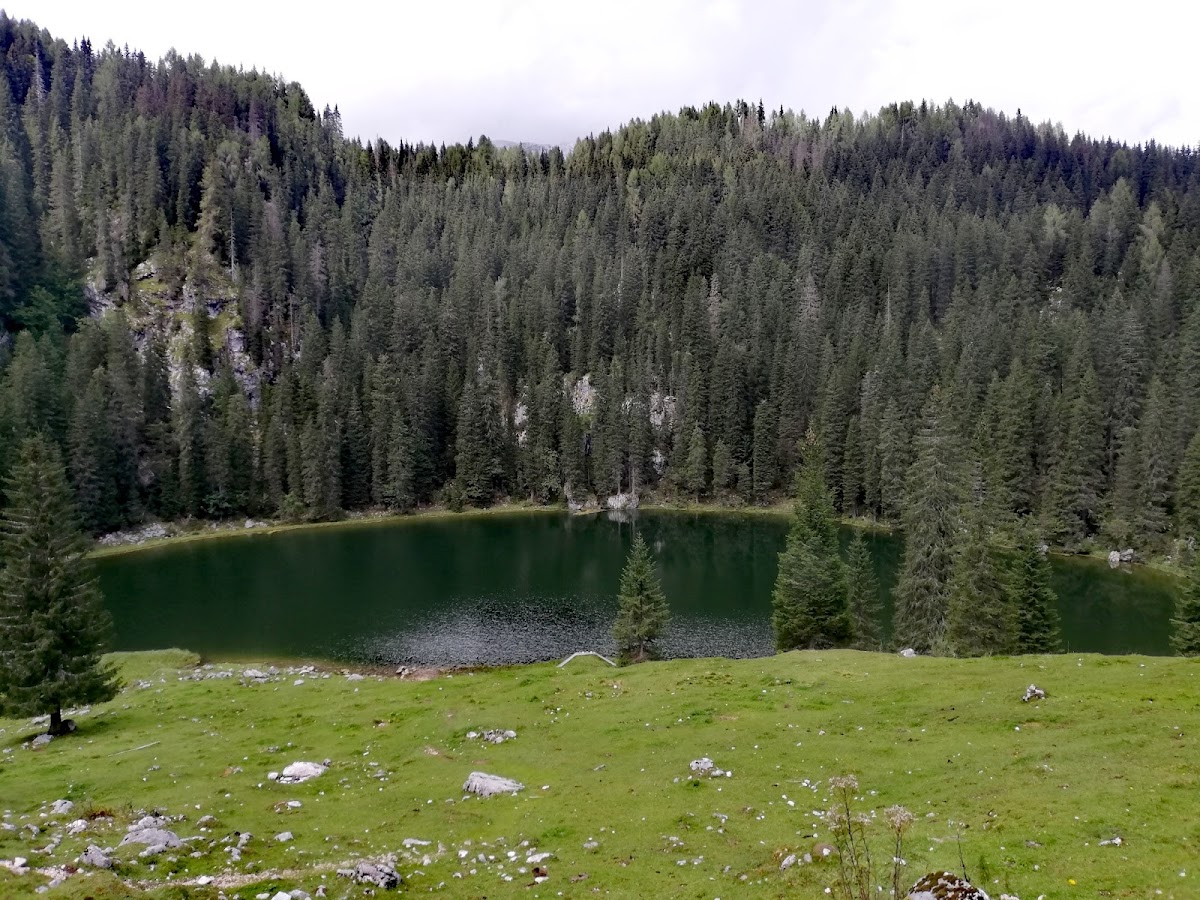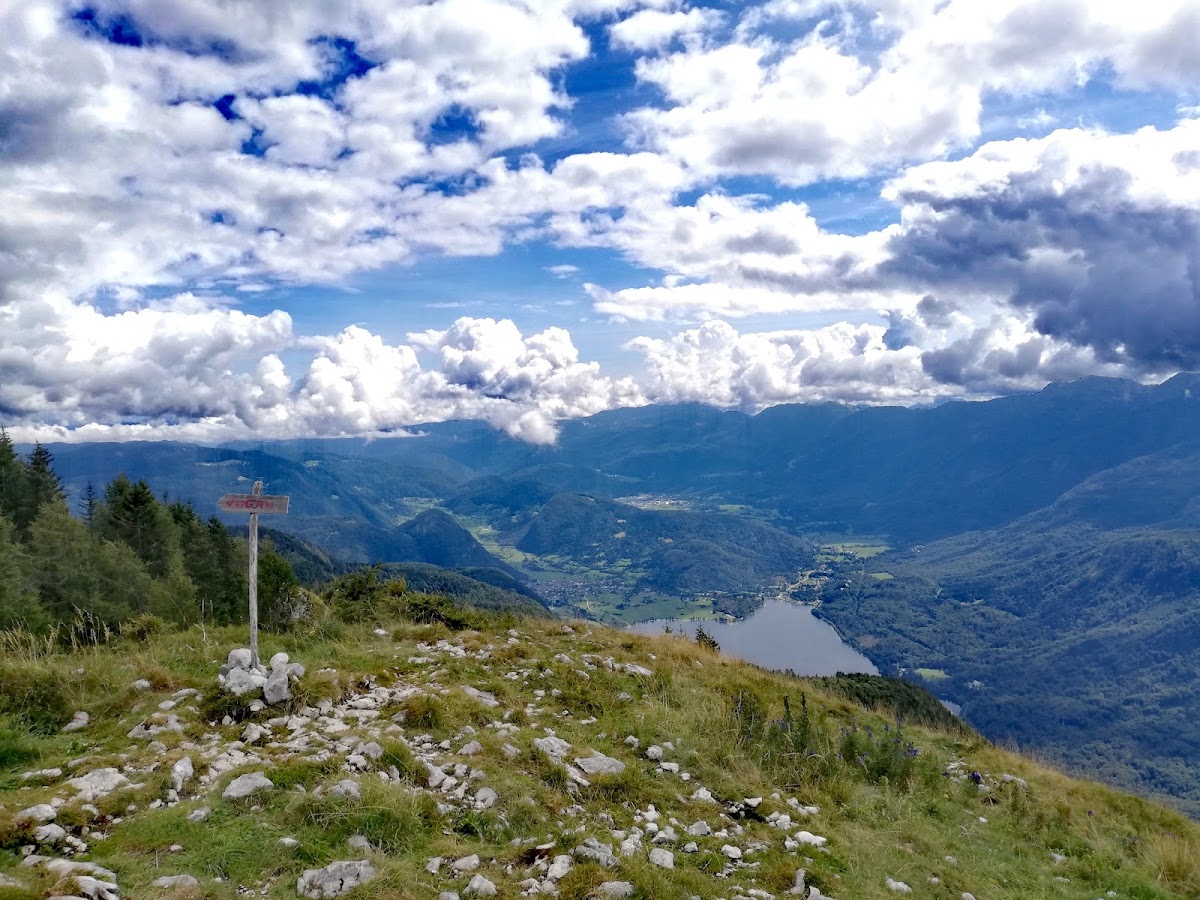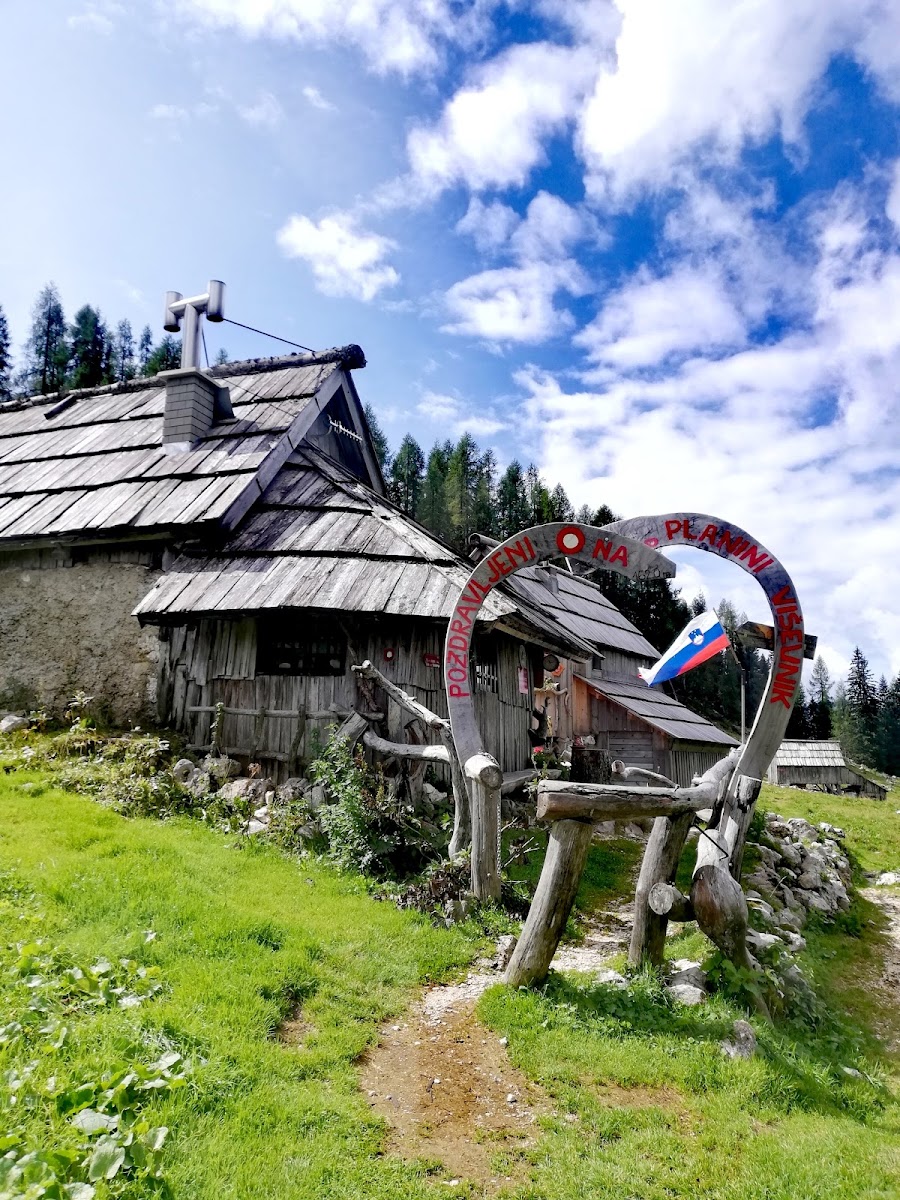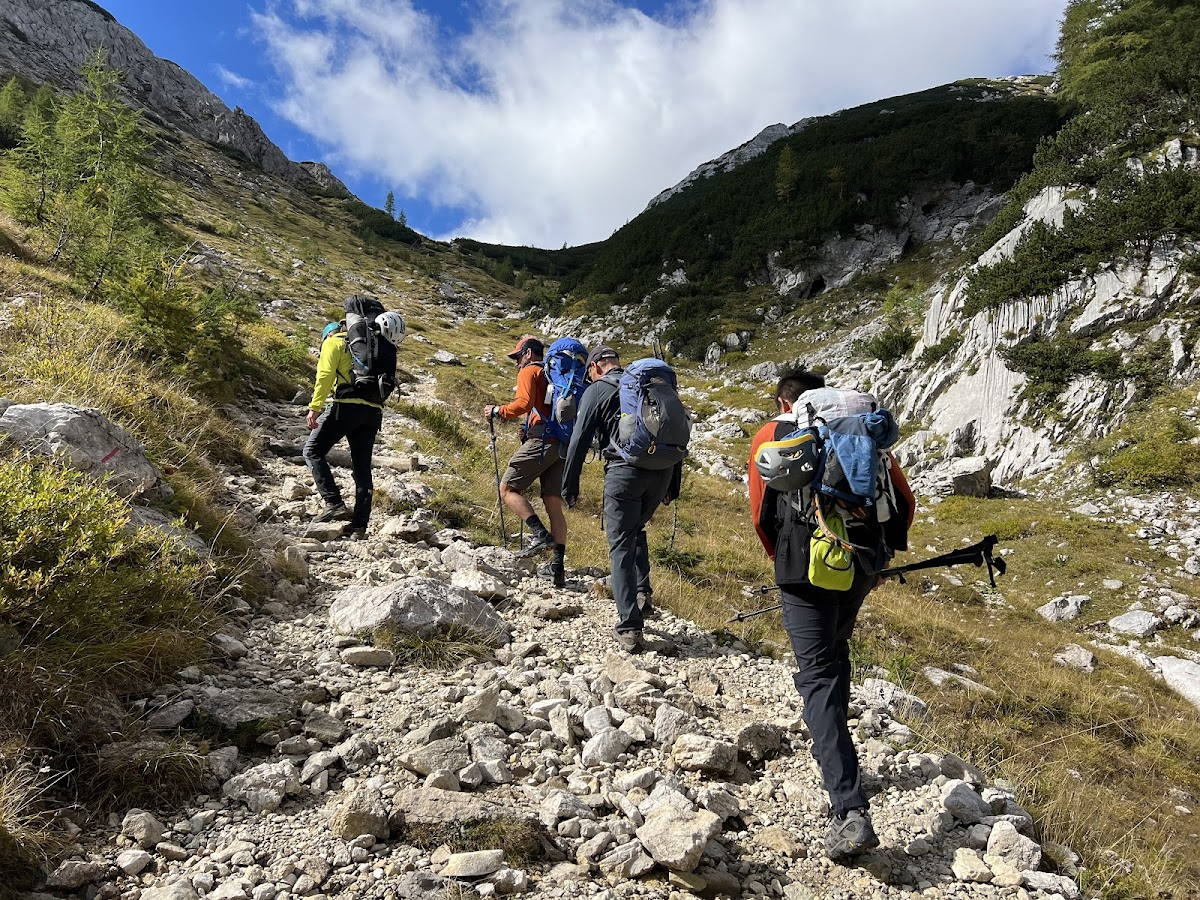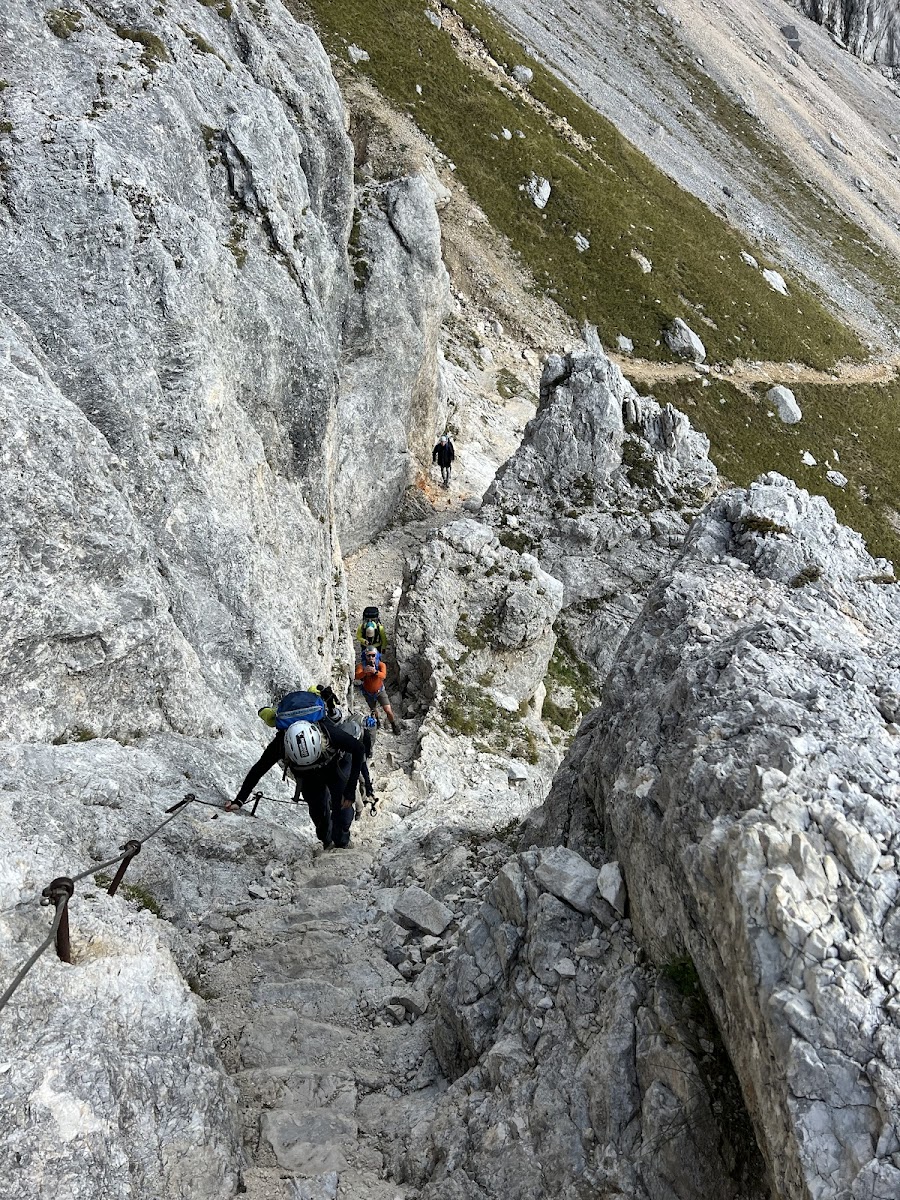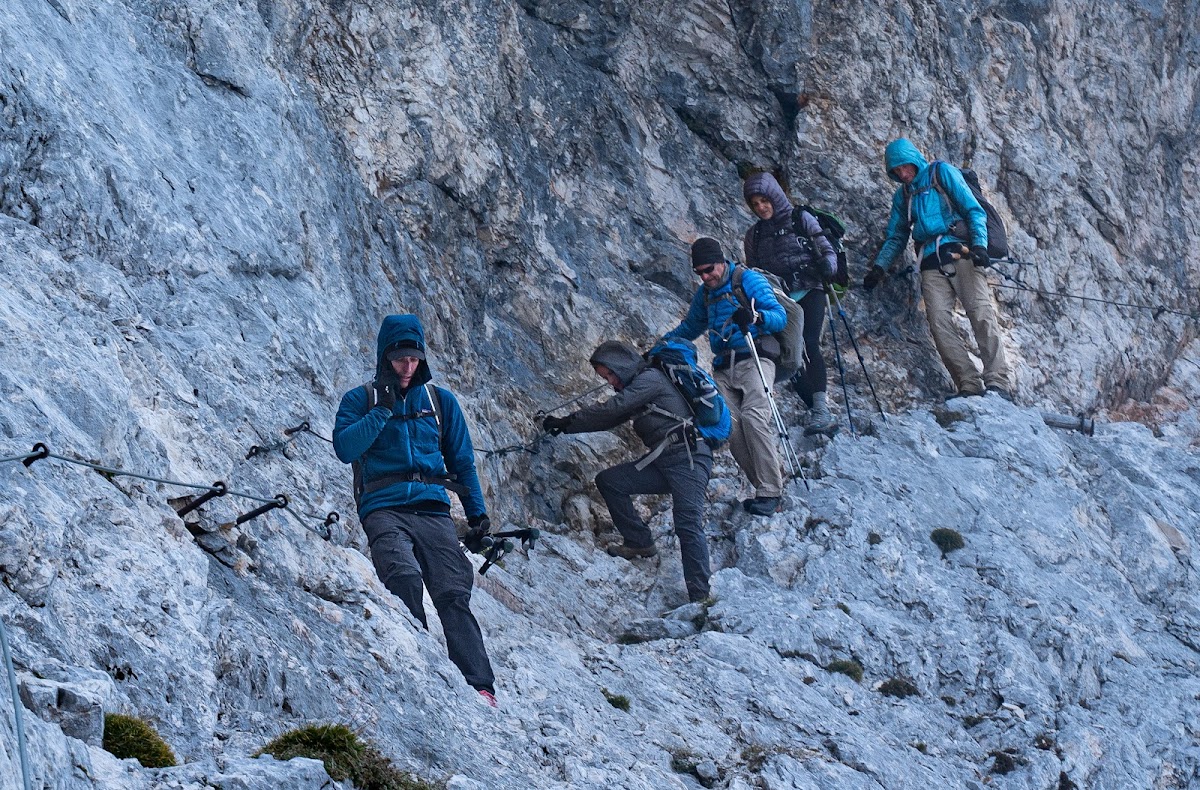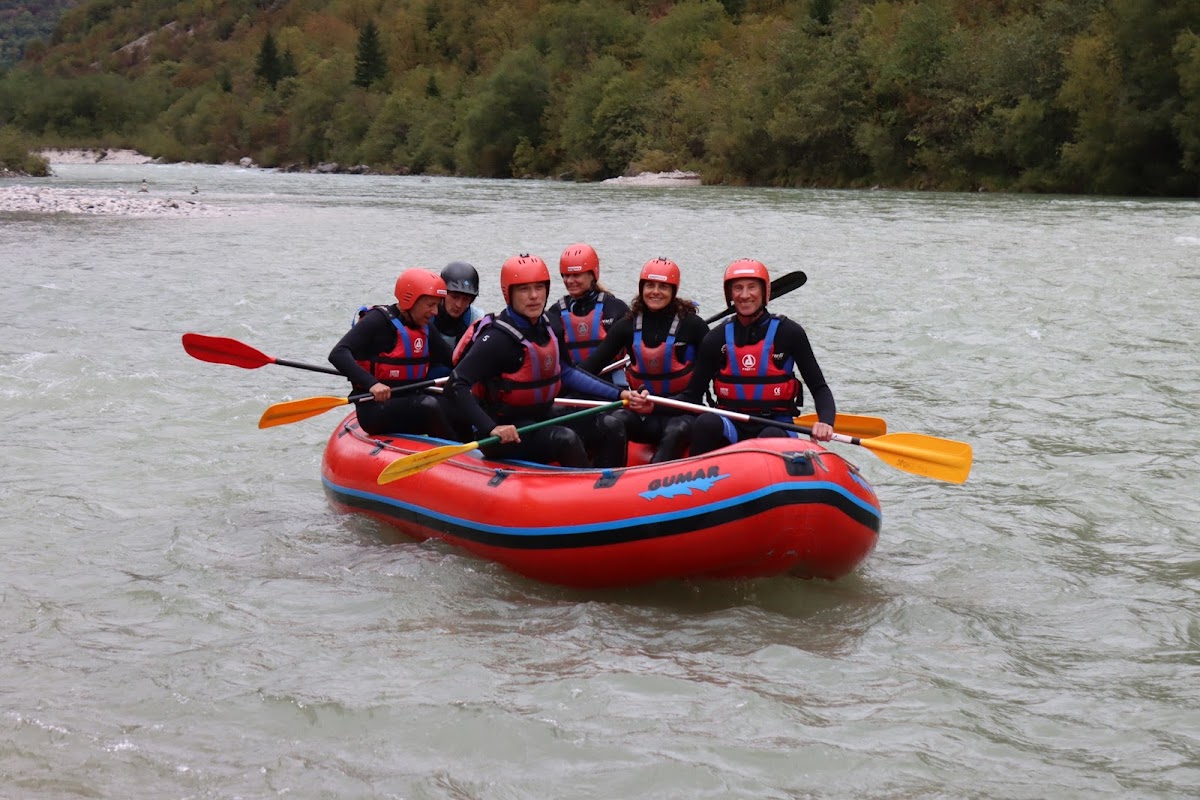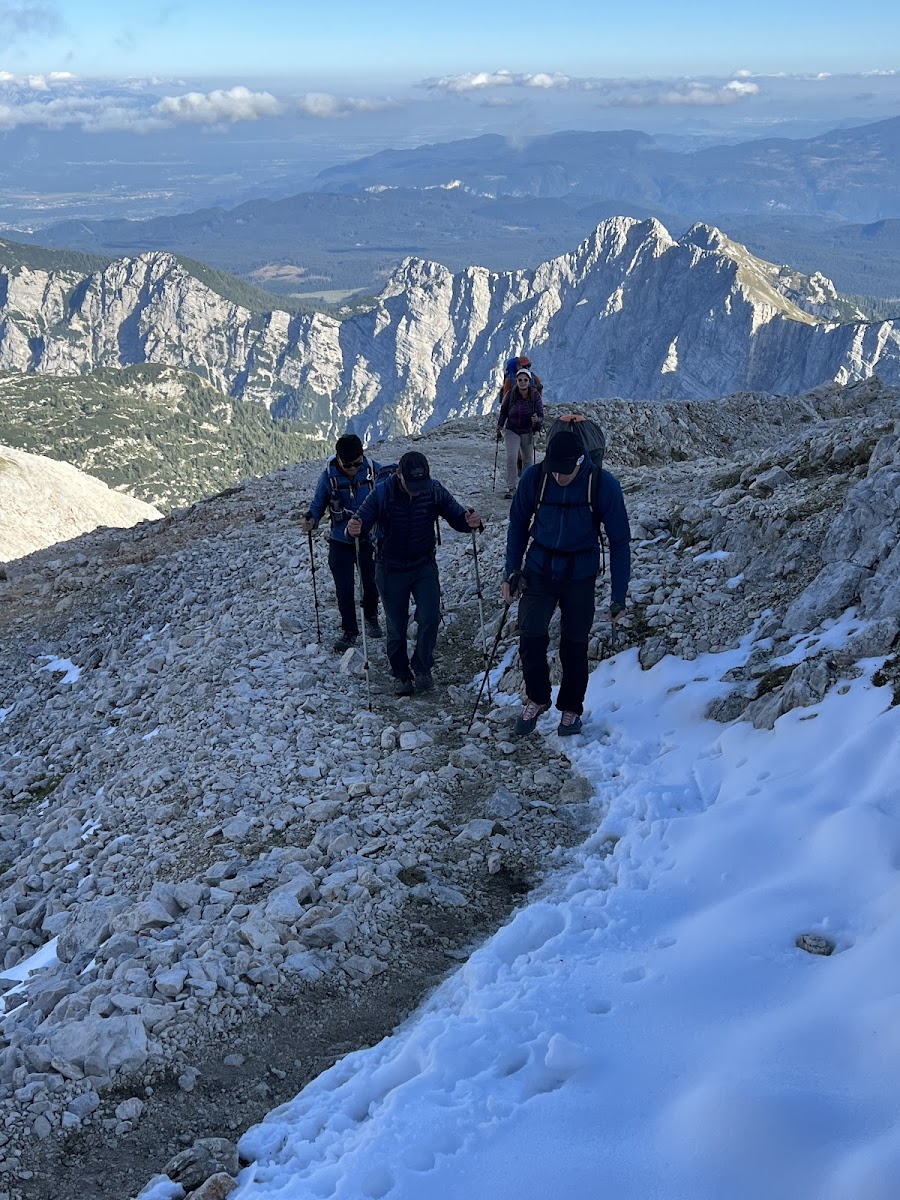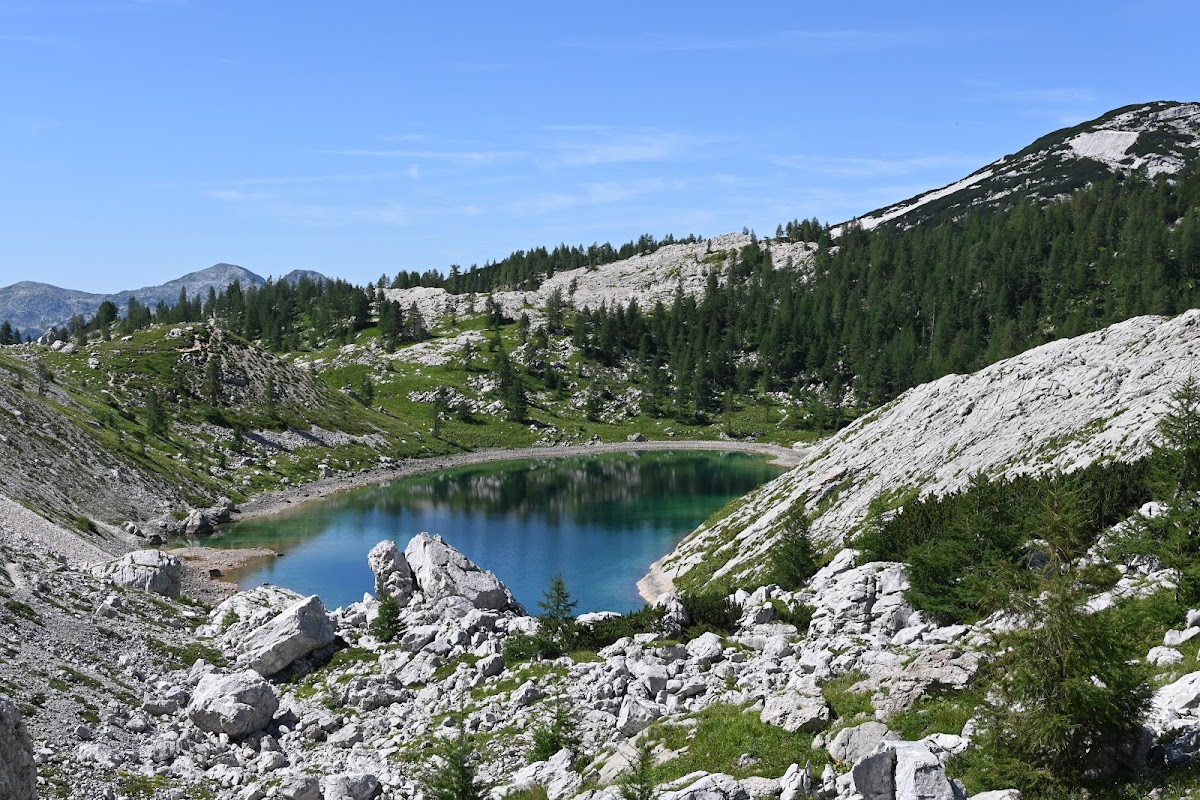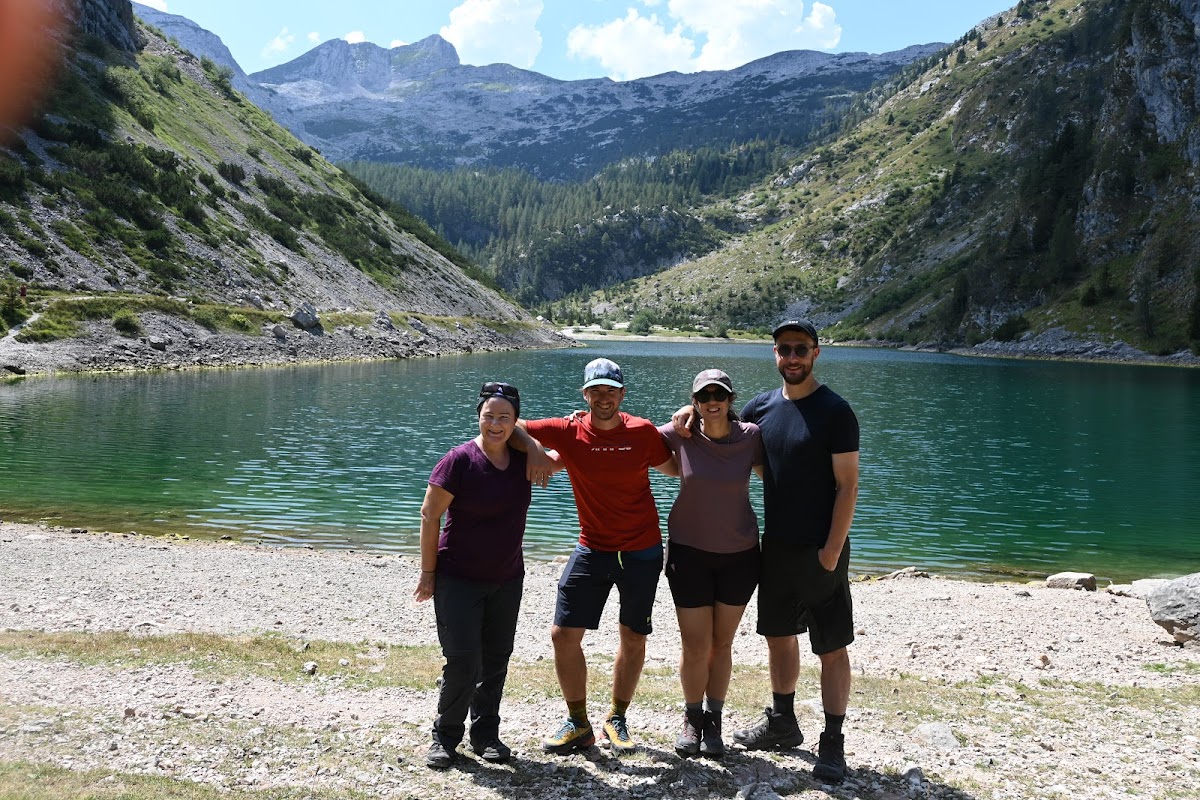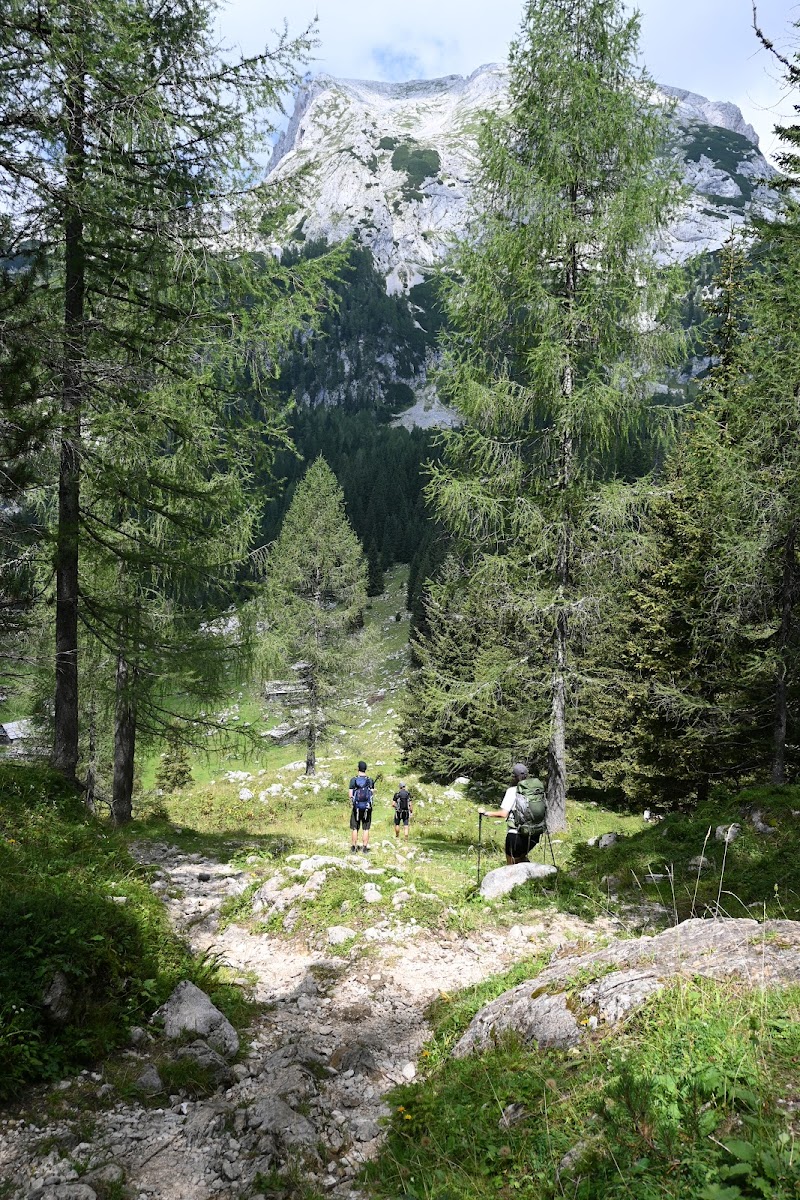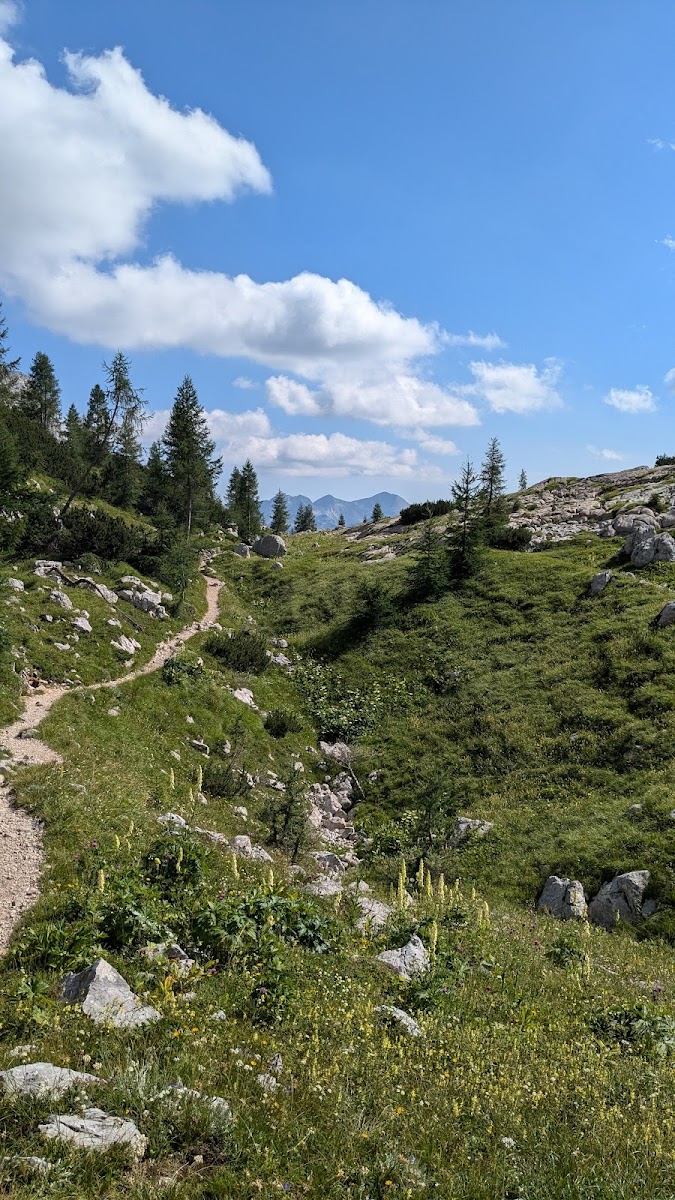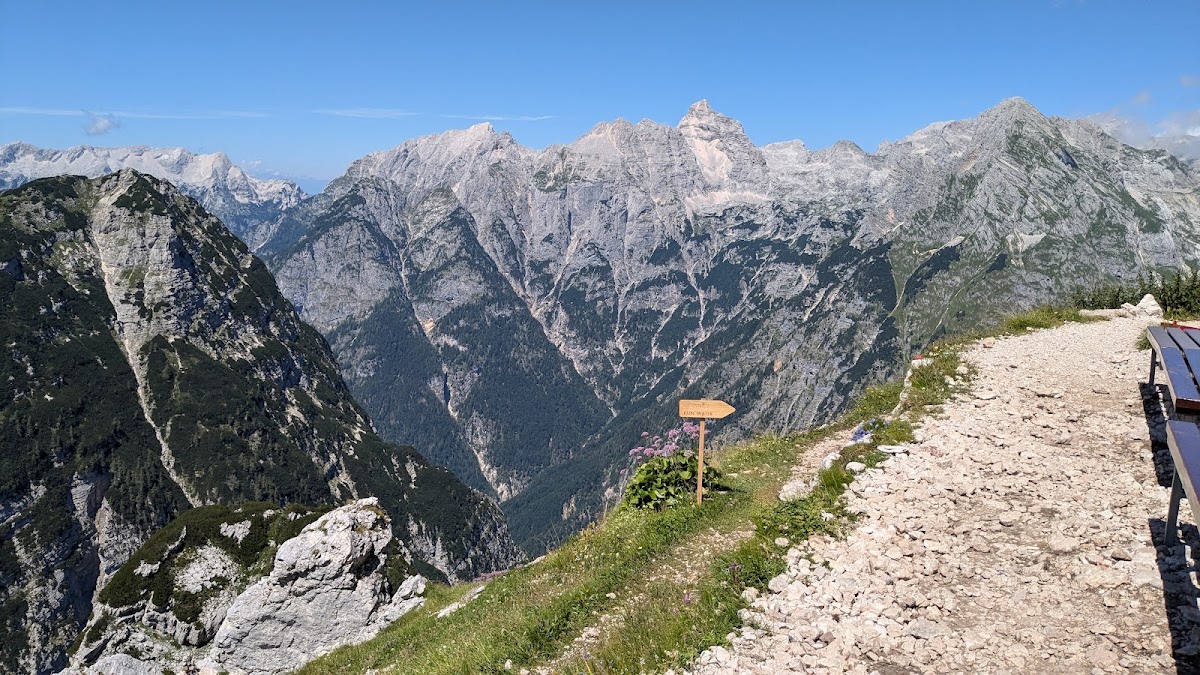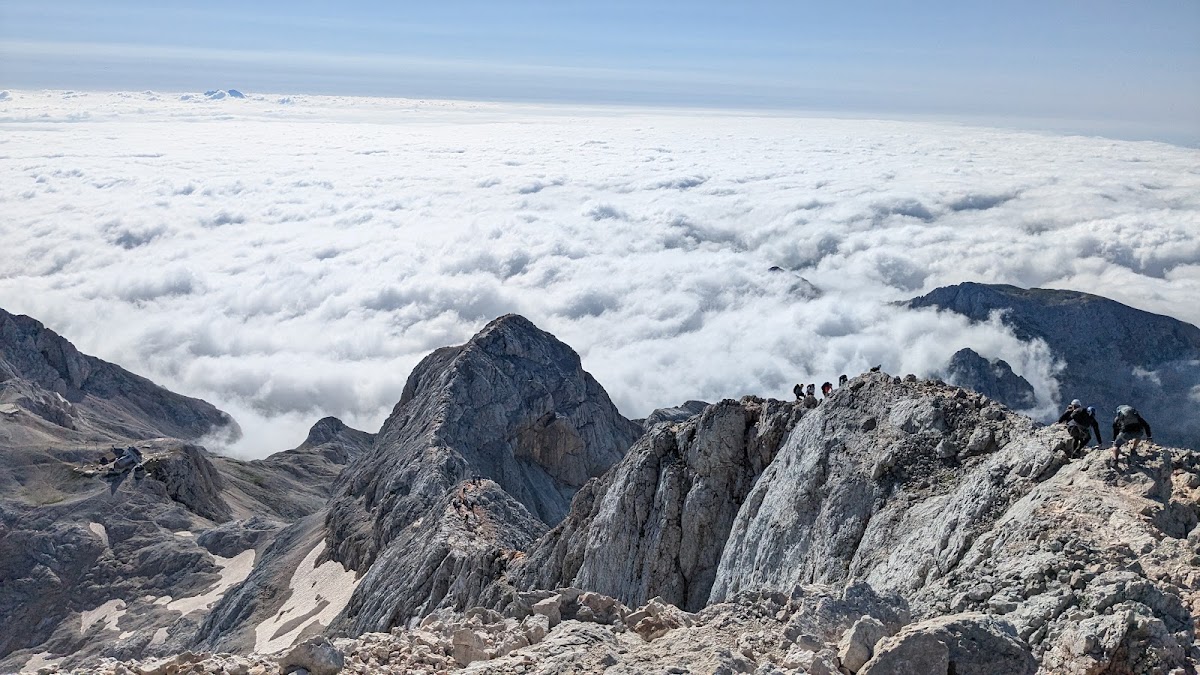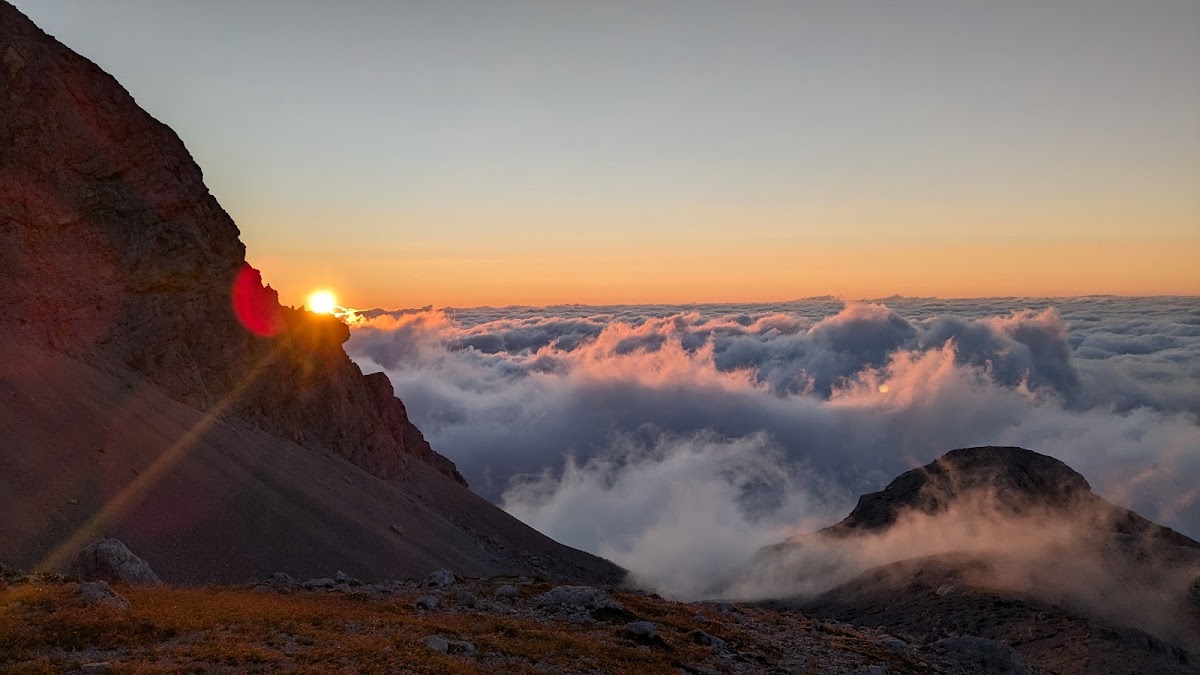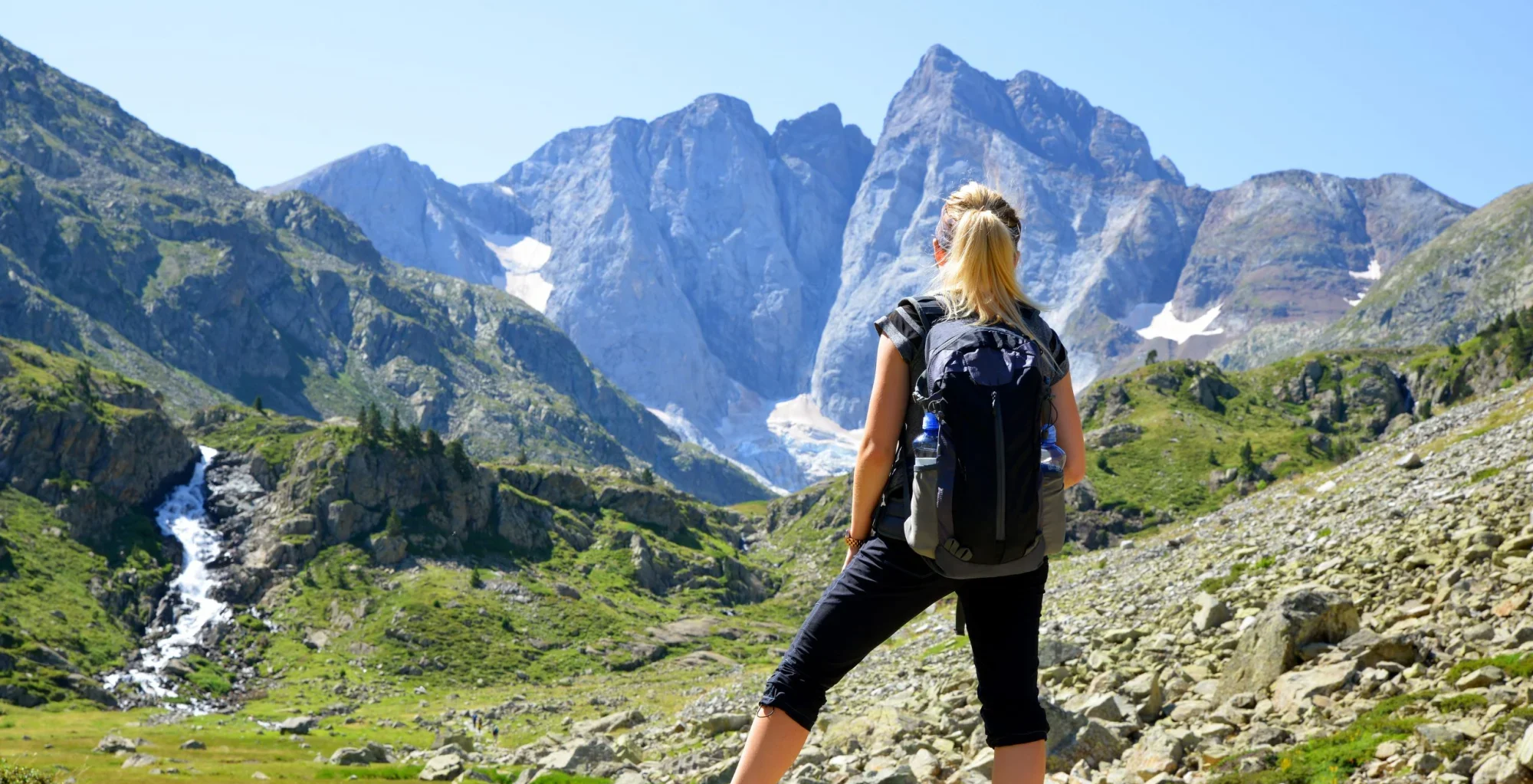
Pyrenees Hut to Hut Hiking

Think the Pyrenees have just one park? Think again!
Discover the most stunning ones in this free e-book!
Pyrenees Hiking Tours
Think the Pyrenees have just one park? Think again!
Discover the most stunning ones in this free e-book!

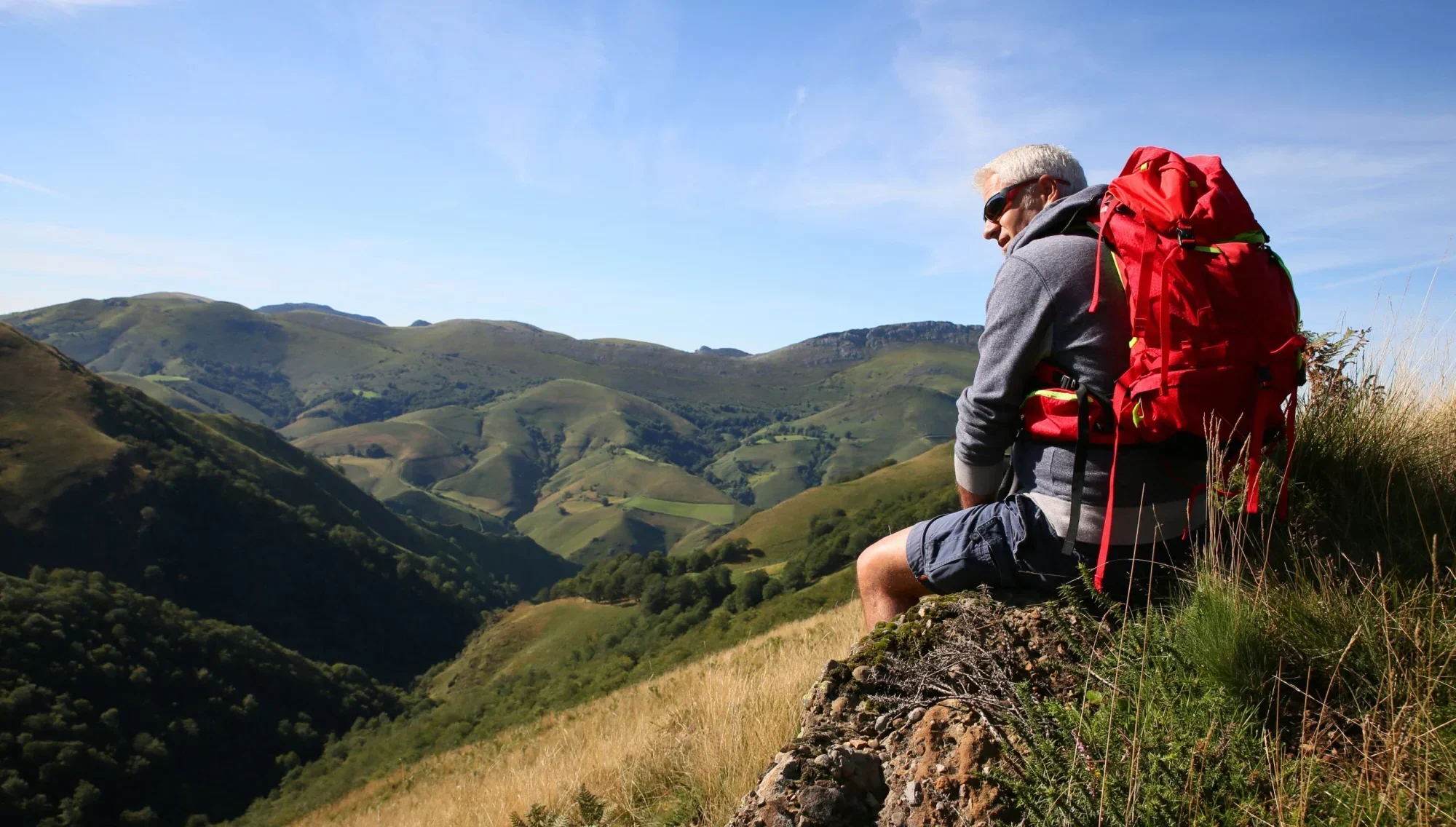
What do we do at Pyrenees Hut to Hut Hiking?
With Pyrenees Hut to Hut Hiking, discover distinct facets of the Pyrenees, where each trail offers its own story, from the historic paths of the GR10 to the picturesque, whitewashed villages of Cadaquès.
The Pyrenees offer a tapestry of diverse terrains across the border between Spain and France. From the snowy, jagged peaks to serene lakes mirroring the sky, each step unveils a new facet of its beauty.
Picture yourself traversing through lush meadows, navigating high ridges, and encountering unique wildlife. The Pyrenees really are a mosaic of nature’s finest art, making every hike a journey through picturesque landscapes that stay etched in memory.
While the Pyrenees are known for their technical and challenging trails, we’ve carefully selected routes accessible to a wide range of hikers. However, some hiking experience is vital before visiting the mountain range stretching from the Atlantic to the Mediterranean.
Here’s how we help you:
- Detailed self-guided itinerary with all the necessary info for a successful hike
- A GPS route + simple-to-use app for easy navigation
- Booking all your accommodations
- Breakfast and dinner at the huts
- Full 24/7 support during your trip
We’ll take care of logistics, so you can focus on what you came to the Pyrenees for — the scenery.
A Quick Guide to Hut to Hut Hiking in the Pyrenees
Known for its rugged peaks, serene lakes, and lush valleys, the Pyrenees present a world of contrasts and natural beauty, making it an ideal destination for hut-to-hut hiking.
Best hiking trails
1. GR10 – Pyrenean Way: Stretching nearly 1,000 kilometers across the French Pyrenees, from Hendaye to Banyuls-sur-Mer, the GR10 is a hiker’s dream. It winds through diverse terrains with over 50,000 meters of elevation gain. Best hiked between June and October, the trail offers a mix of mountain huts and camping, ideal for those seeking a challenging yet scenic journey.
Explore its most scenic sections on our GR10 Highlights Hike or 3-Day GR10.
2. GR11 – Senda Pirenaica: Running parallel to the GR10 on the Spanish side, the GR11 traverses arid landscapes and lush woodlands. This extensive trail requires significant time to complete, with daily hikes averaging 7 to 8 hours and is known for its warmer conditions. It includes sections like Carros de Foc and offers varied accommodations from huts to campsites.
3. Carros de Foc: Located in the Aigüestortes i Estany de Sant Maurici National Park, this 65-kilometer circular route connects multiple refuges and is suitable for families and seasoned hikers. The trail is famous for its stunning mountain vistas and tranquil lakes, offering a unique stamp-collecting experience at each refuge.
Tackle Carros de Foc in its entirety with us!
4. Cavalls del Vent: A hidden gem in the Catalan Pyrenees, Cavalls del Vent covers about 85 kilometers, linking eight mountain refuges through the Cadí-Moixeró Natural Park. This trail is known for its challenging ascents, panoramic views, and diverse ecosystems, appealing to hikers who enjoy both demanding hikes and the comfort of hut accommodations.
You can acquire our services to ease your time on Cavalls del Vent Hike.
Seasonal considerations
When planning a hike in the Pyrenees, the time of year vitally influences trail conditions and experiences. Late spring sees the snow melt, unveiling lush greenery and vibrant wildflowers, making lower altitude trails more accessible and appealing.
Summer, the peak season from July to September, offers stable weather but is prone to afternoon thunderstorms, especially in July. Autumn, with its cooler weather and stunning foliage, offers stable conditions until late October, when early snowfalls can occur at higher elevations.
Preparation and safety
The right gear is crucial. Essential items include a well-fitted backpack, quality walking boots, layered clothing adaptable to changing weather, waterproof attire, and a warm layer for cooler temperatures. Navigation tools on the phone, along with a sturdy water bottle and sun protection, are vital. Personal items should include toiletries, casual evening wear, and sufficient underwear.
Safety is paramount: familiarize yourself with the trail and weather conditions, inform someone of your plans, carry a basic first aid kit, and consider safety devices. Be aware of the signs of altitude sickness and know how to respond to an emergency by calling the 112 number.
Mountain refuges
In the Pyrenees, circa 775 mountain refuges provide essential accommodations, meals, and showers. They require advance booking, particularly in the busy summer months. These refuges not only offer a place to rest and socialize with fellow hikers but also allow for a lighter travel experience without the burden of heavy camping gear.
Highlights and wildlife
The Pyrenees are home to a variety of flora, including vibrant alpine meadows and dense pine forests, and fauna like the Pyrenean chamois, bearded vultures, marmots, and foxes. Geographically, the Pyrenees are marked by features such as the striking cliffs of Ordesa Canyon and the intricate water networks of Aigüestortes i Estany de Sant Maurici National Park.
Culture
In the Pyrenees, hiking is as much about culture as it is about nature. The trails pass through areas rich in history and traditions, where you can experience local life in French, Spanish, and Andorran villages. Each region offers its own culinary specialties, like hearty stews and artisan cheeses, perfect for refueling after a day’s hike. Along the way, you’ll encounter historical landmarks like ancient castles and churches. The area is also a mosaic of languages and artistic expressions, reflecting its diverse cultural heritage.
Logistics and planning
Planning a hike in the Pyrenees requires careful logistical preparation. Access to the region is typically through major airports like Toulouse or Barcelona, followed by trains or buses to trailheads. In the Pyrenees, local transportation options include buses and trains for most trails, but remote areas might need private transfers.
When planning your itinerary, choose trails that suit your experience and consider factors like trail length, elevation, and weather. Accommodations, particularly mountain refuges, should be booked well in advance, especially in peak seasons. Proper planning ensures a smoother and more enjoyable hiking experience in the diverse landscapes of the Pyrenees.
5 Essential Tips Multi-Day Hikes in the Pyrenees
- Study the local weather patterns: The Pyrenees have unique and rapidly changing weather systems, so be prepared for conditions like sudden thunderstorms in the summer.
- Learn basic French and Spanish phrases: A little knowledge of the local languages can greatly enhance your interactions with hut wardens and locals.
- Understand the specific trail markings: The trail marking systems in the Pyrenees are distinct, and familiarizing yourself with these can aid your navigation.
- Research each hut’s amenities: The facilities and services offered by the refuges in the Pyrenees can vary, so it’s important to know what to expect at each stop.
- Respect the unique flora and fauna: The region is home to rare and endemic species, so it’s important to stay on designated trails and keep a safe distance from wildlife.
Why travel with Pyrenees Hut to Hut Hiking?
HASSLE-FREE
BOOK WITH CONFIDENCE
TRIED & TESTED ADVENTURES
UNBEATABLE SUPPORT
Things to know


Think the Pyrenees have just one park? Think again!
Discover the most stunning ones in this free e-book!



